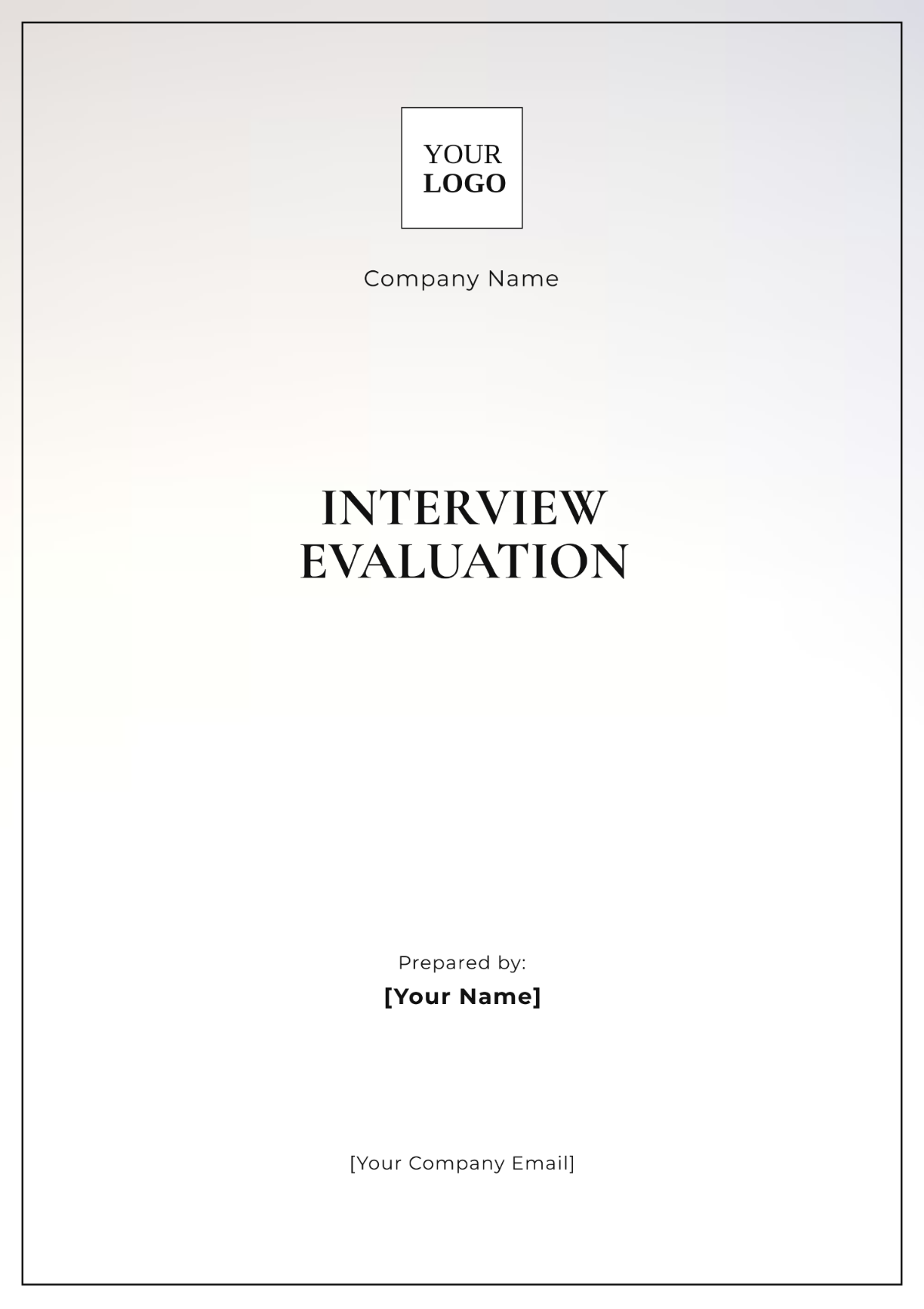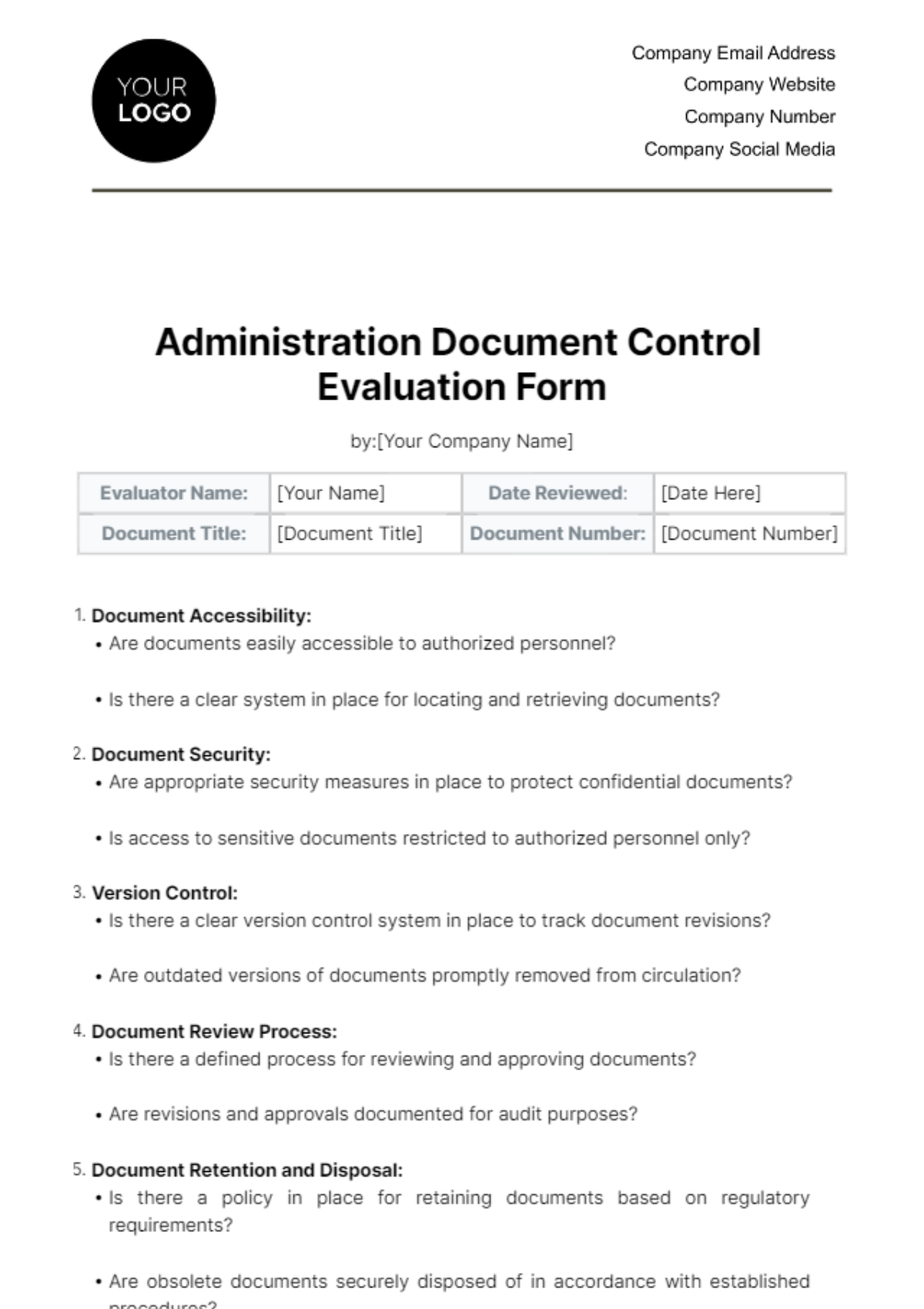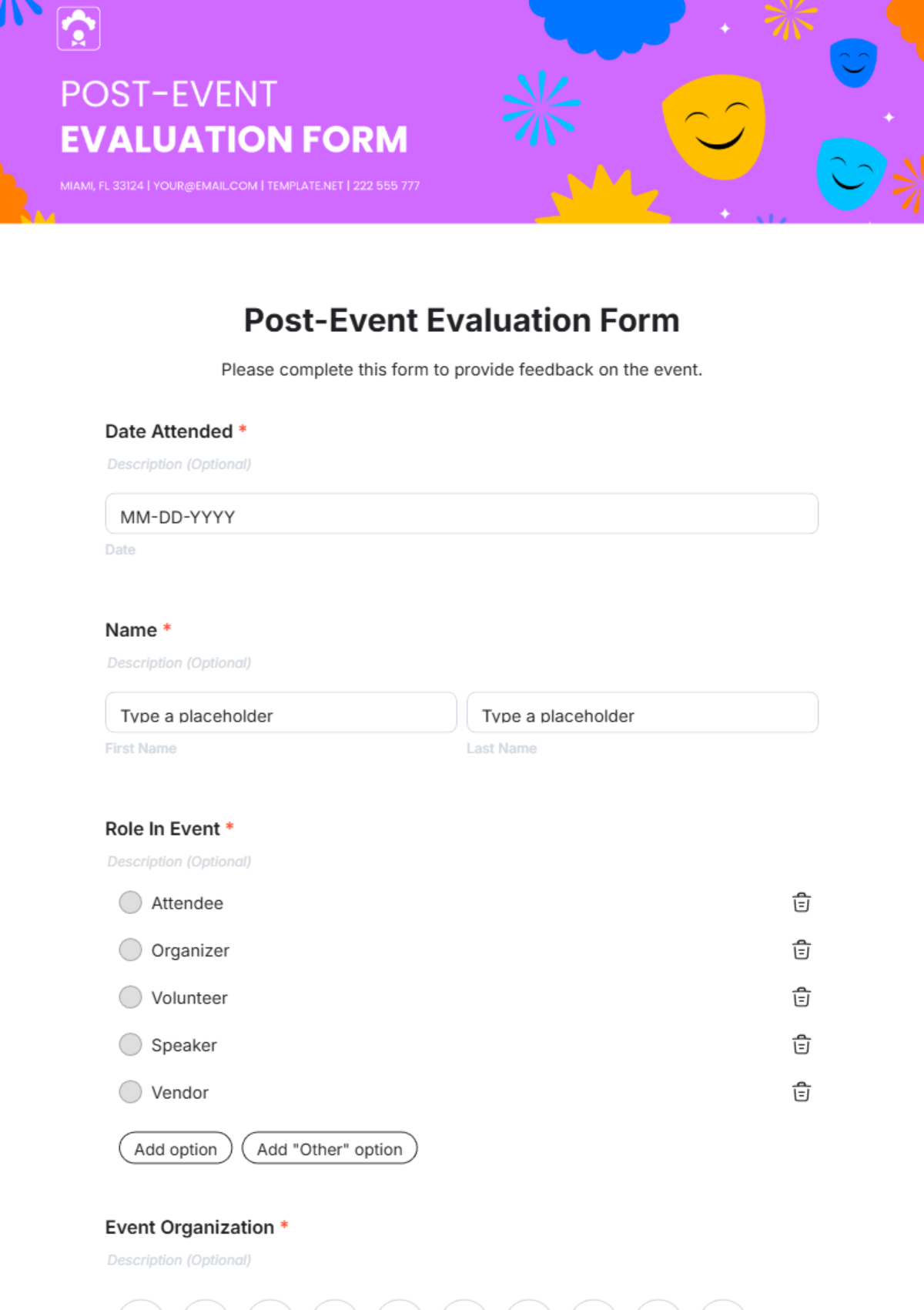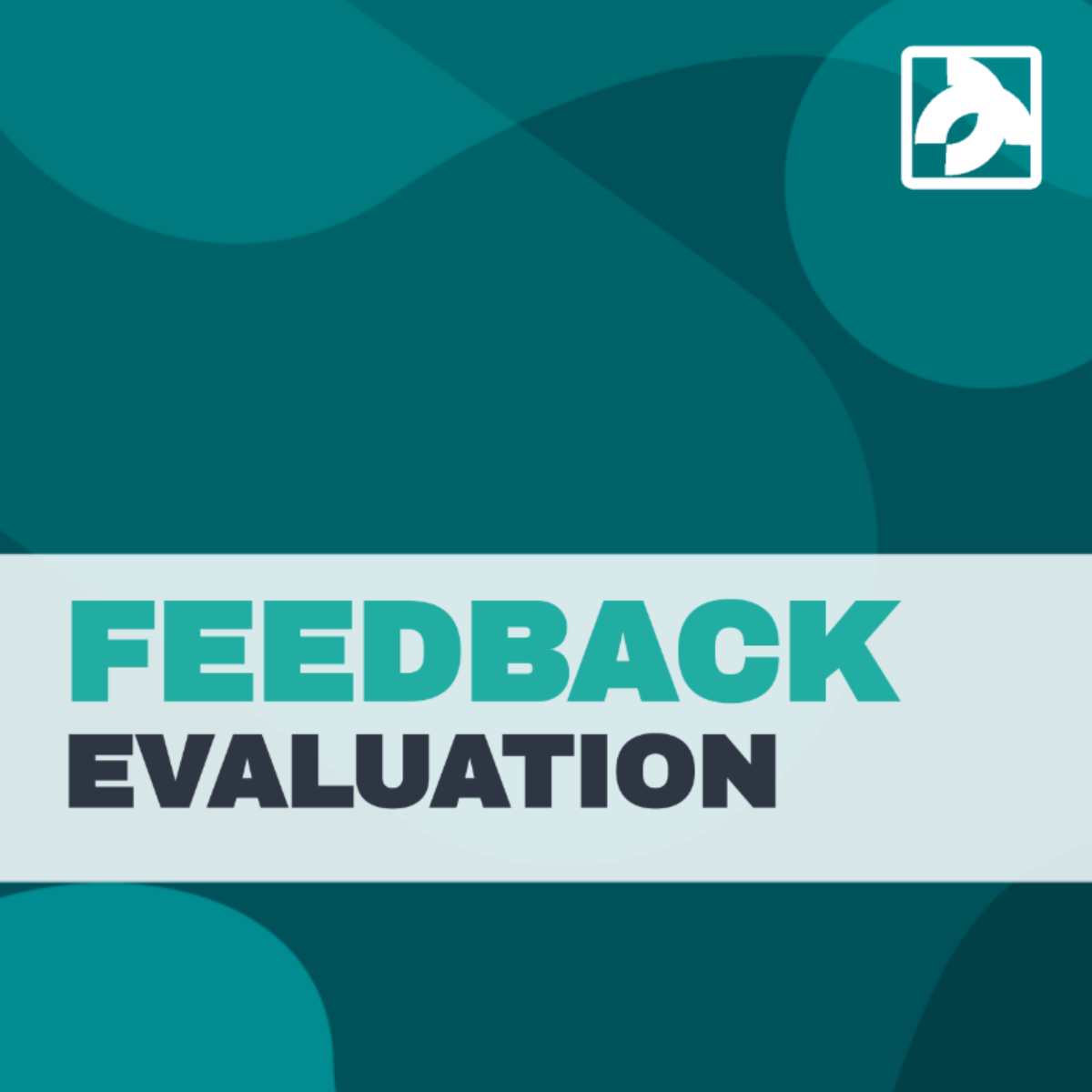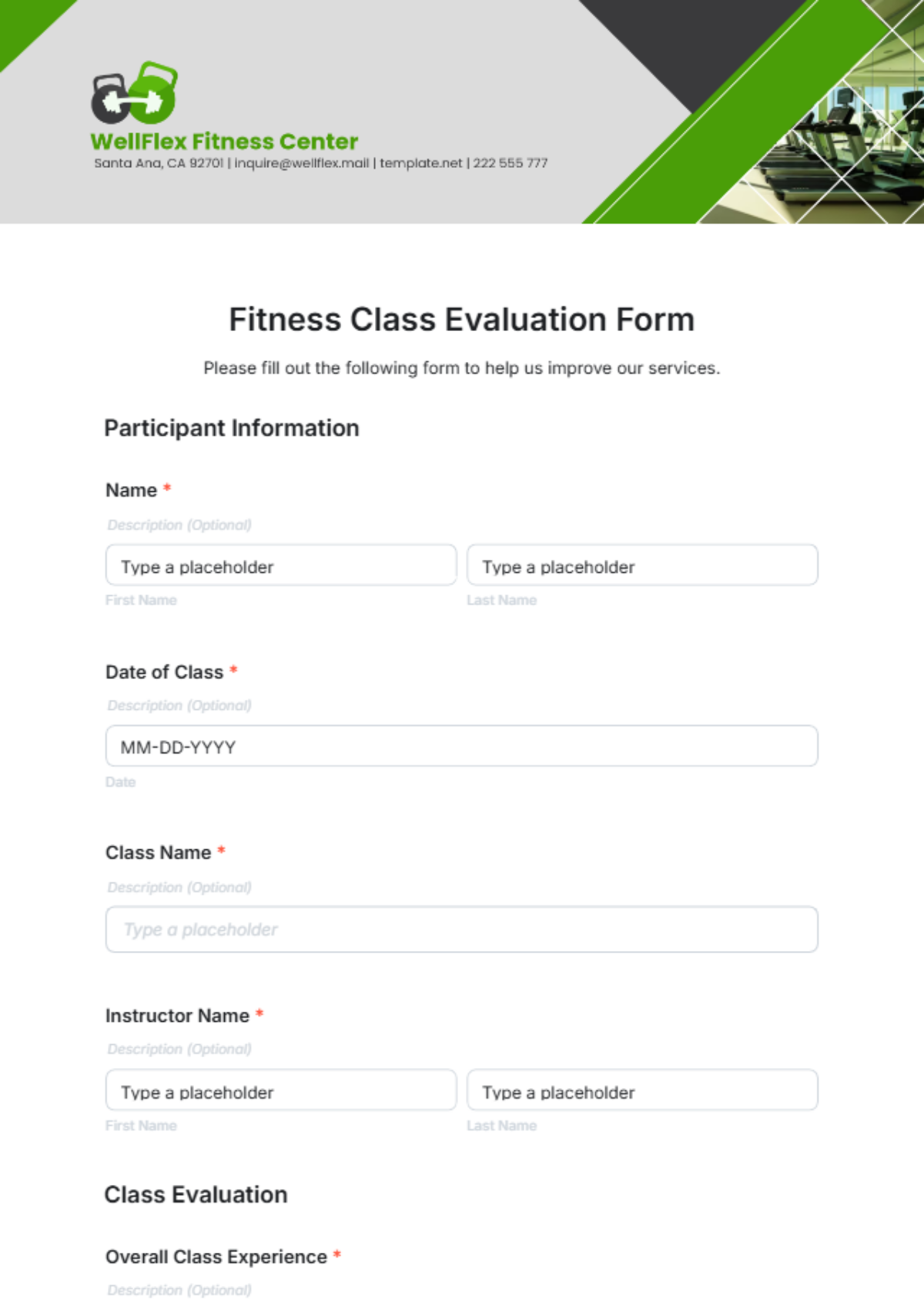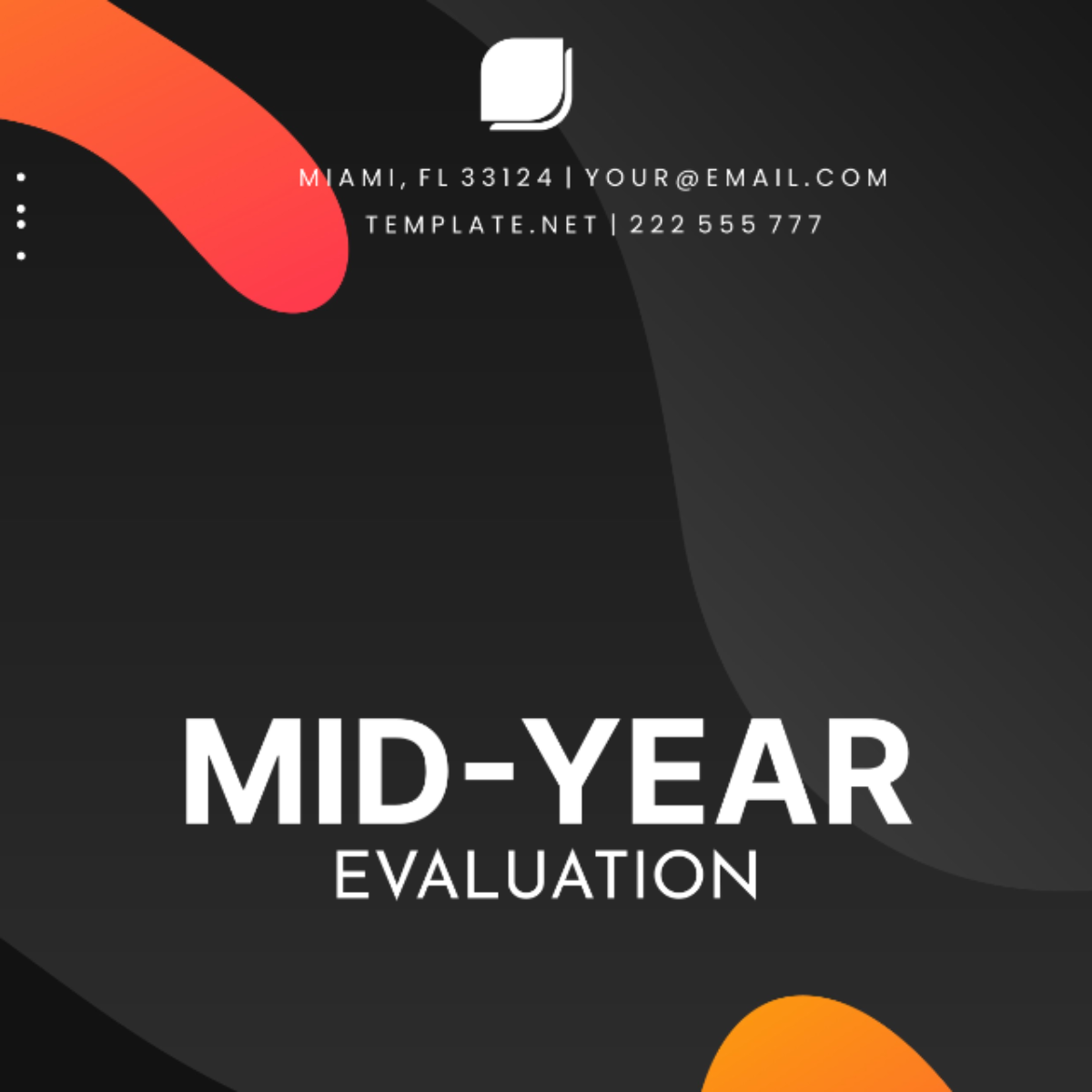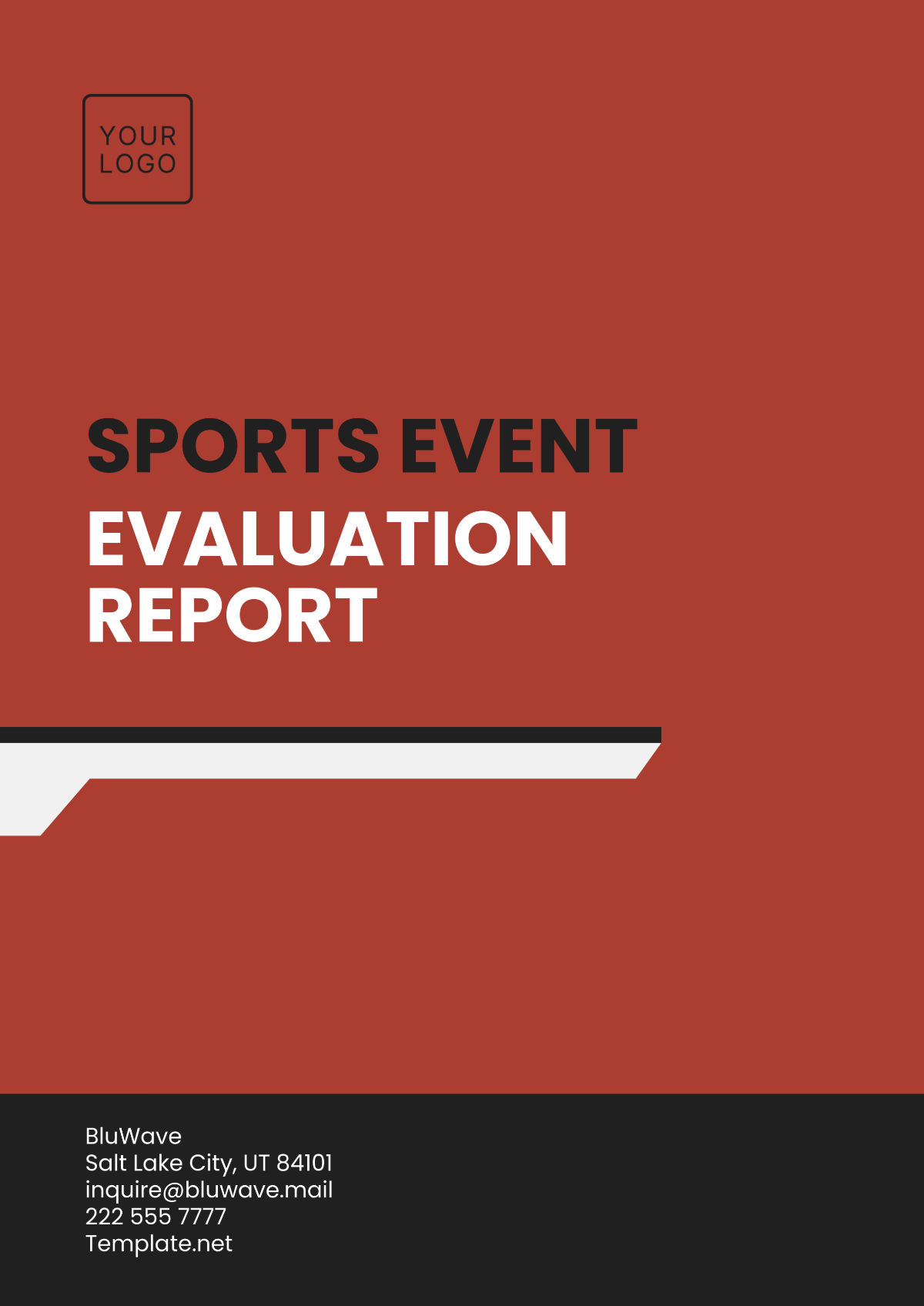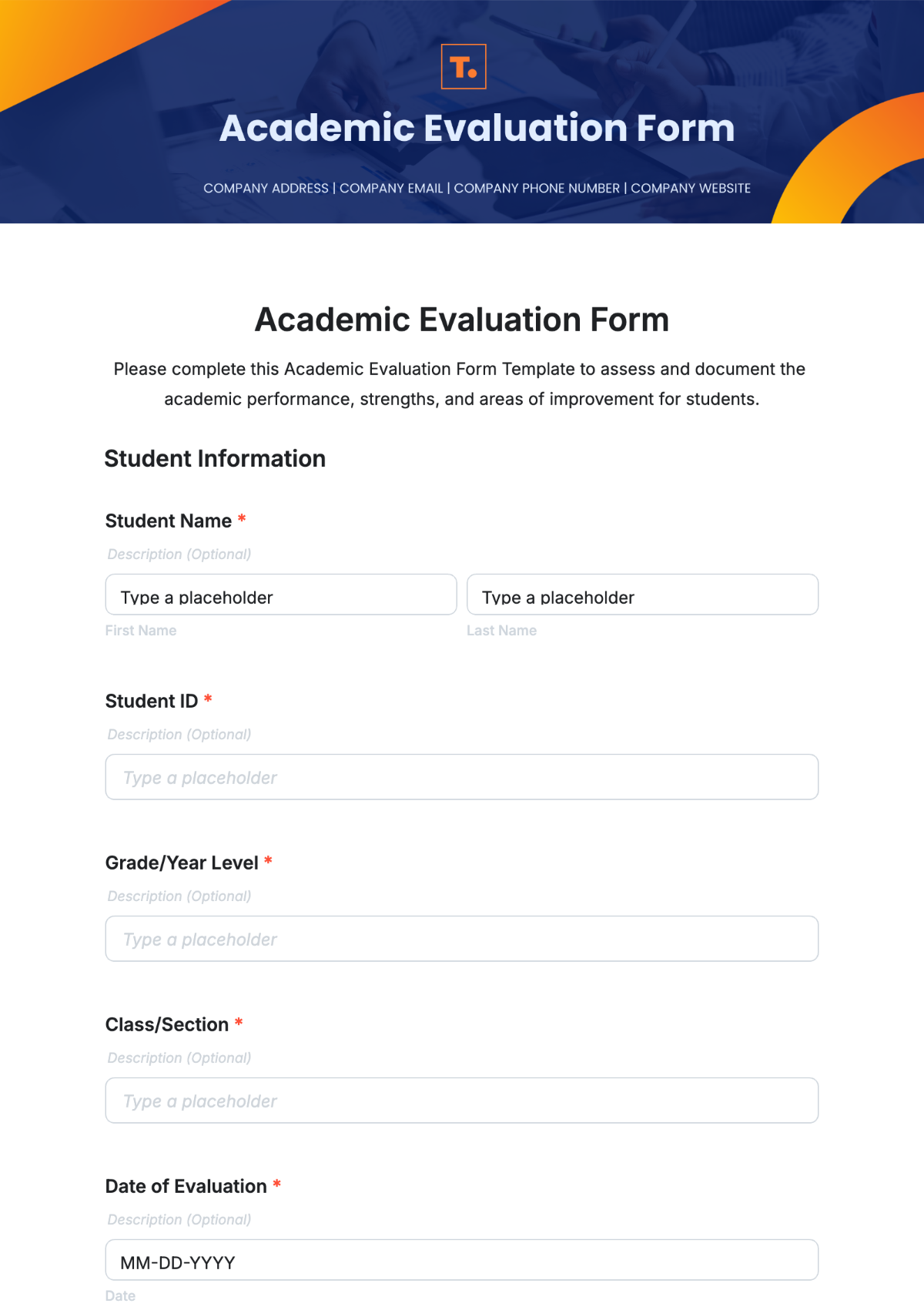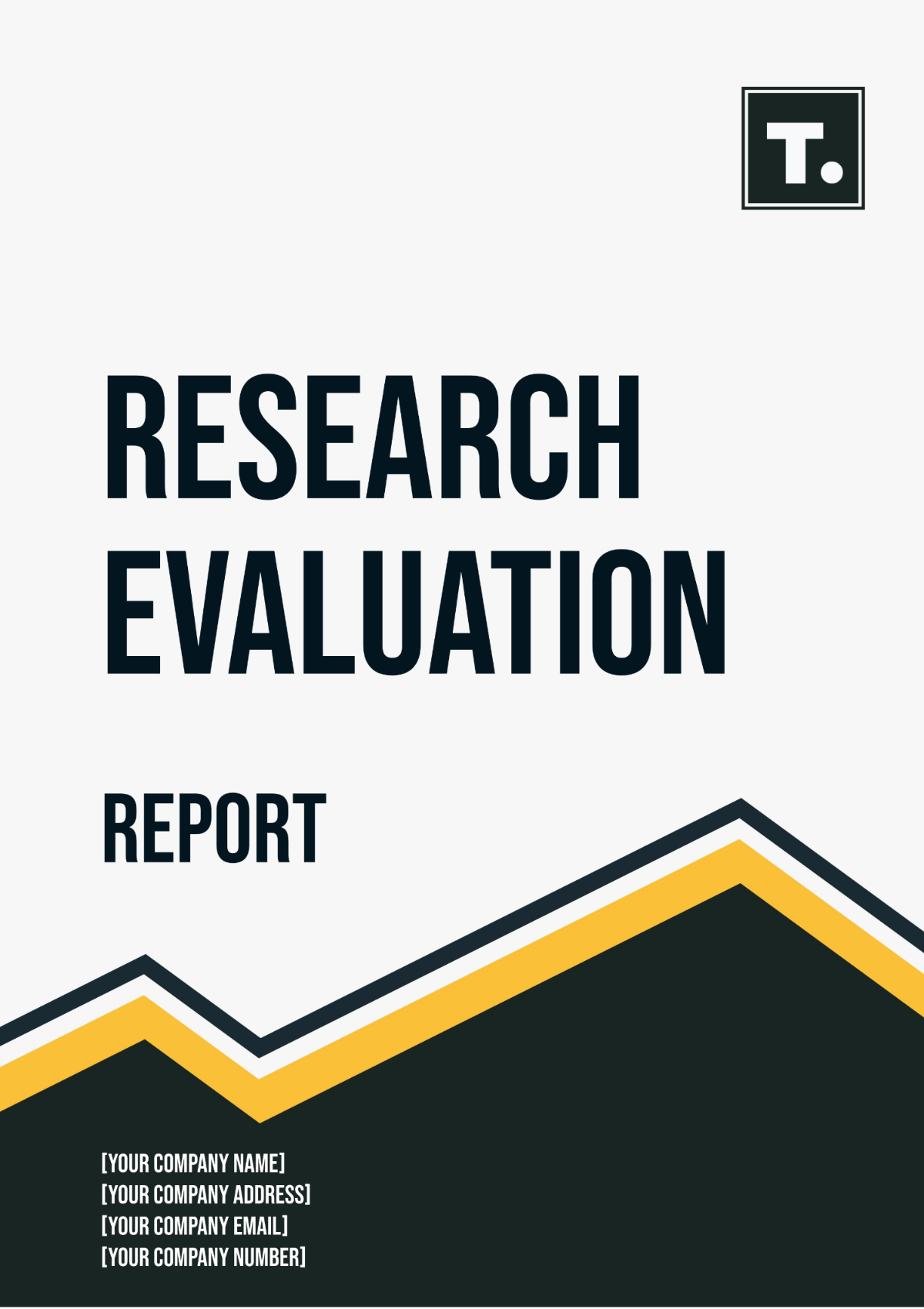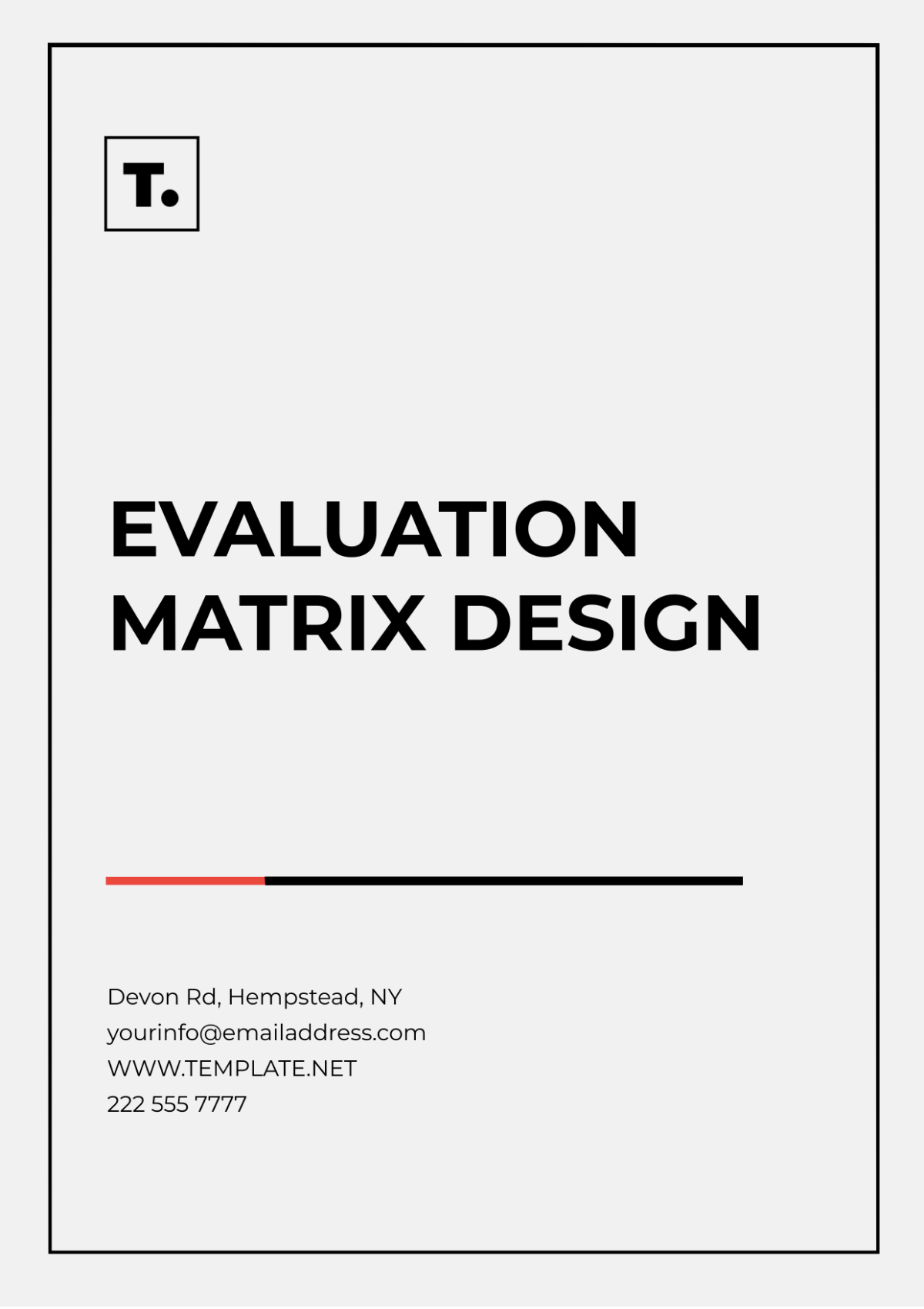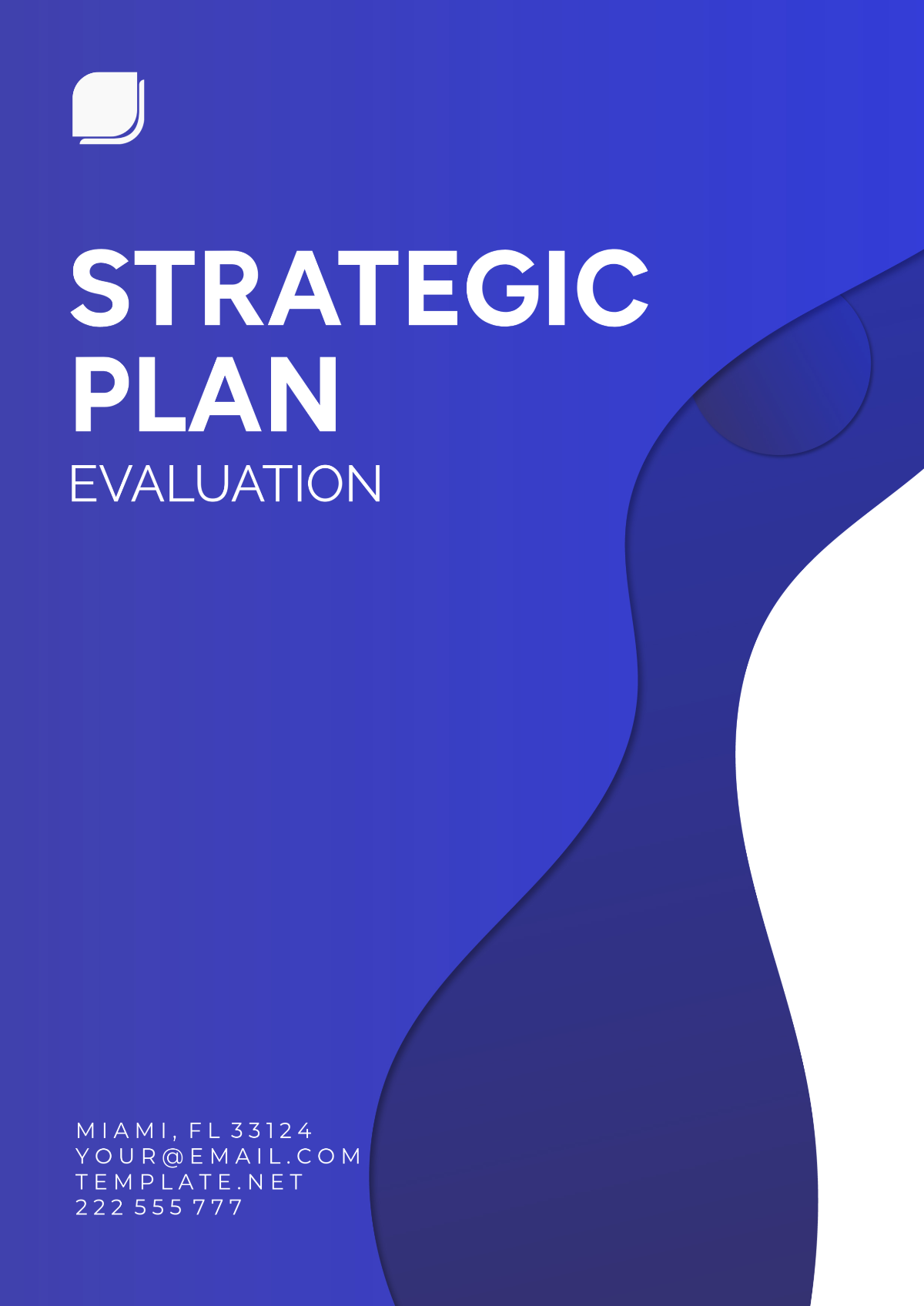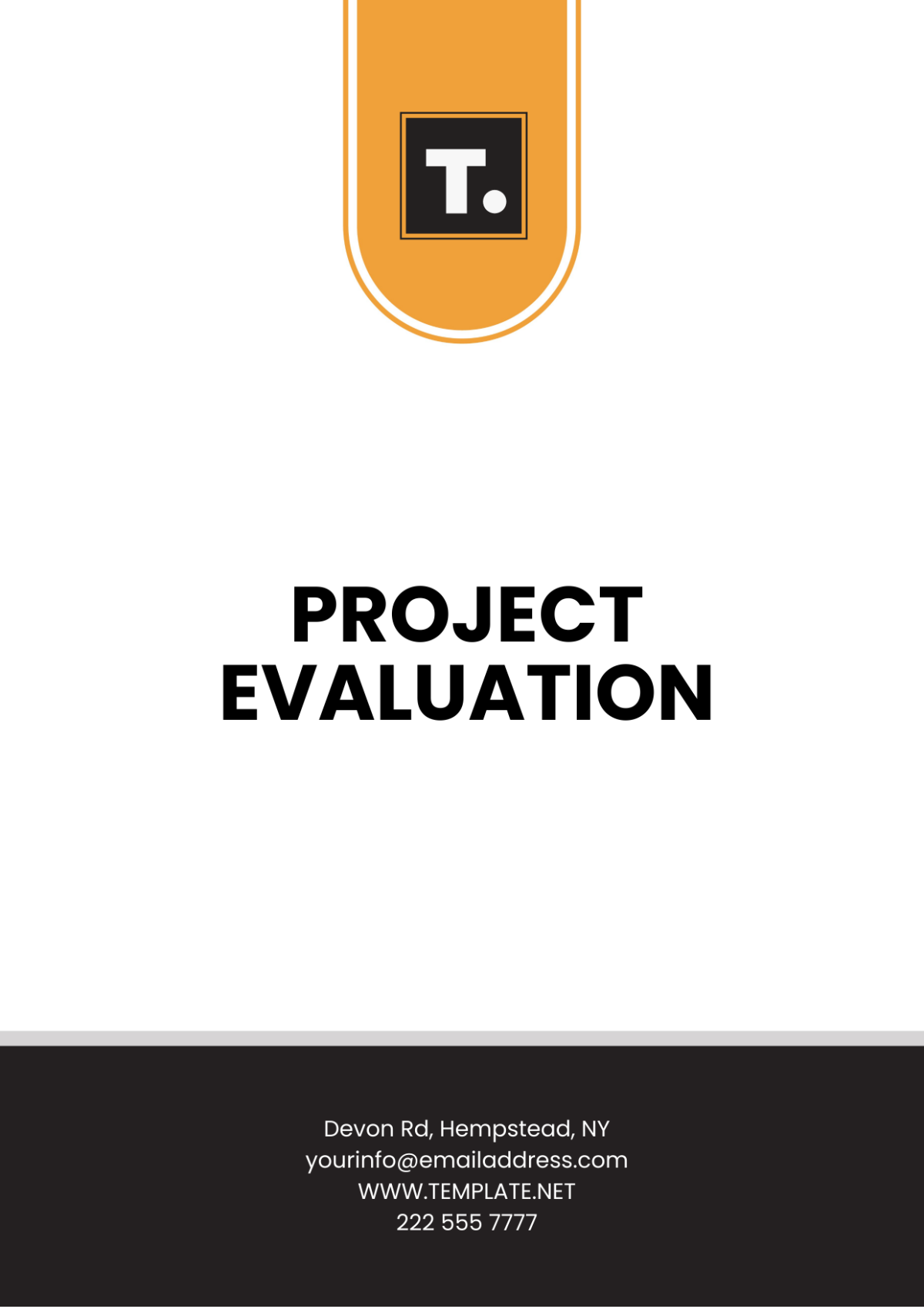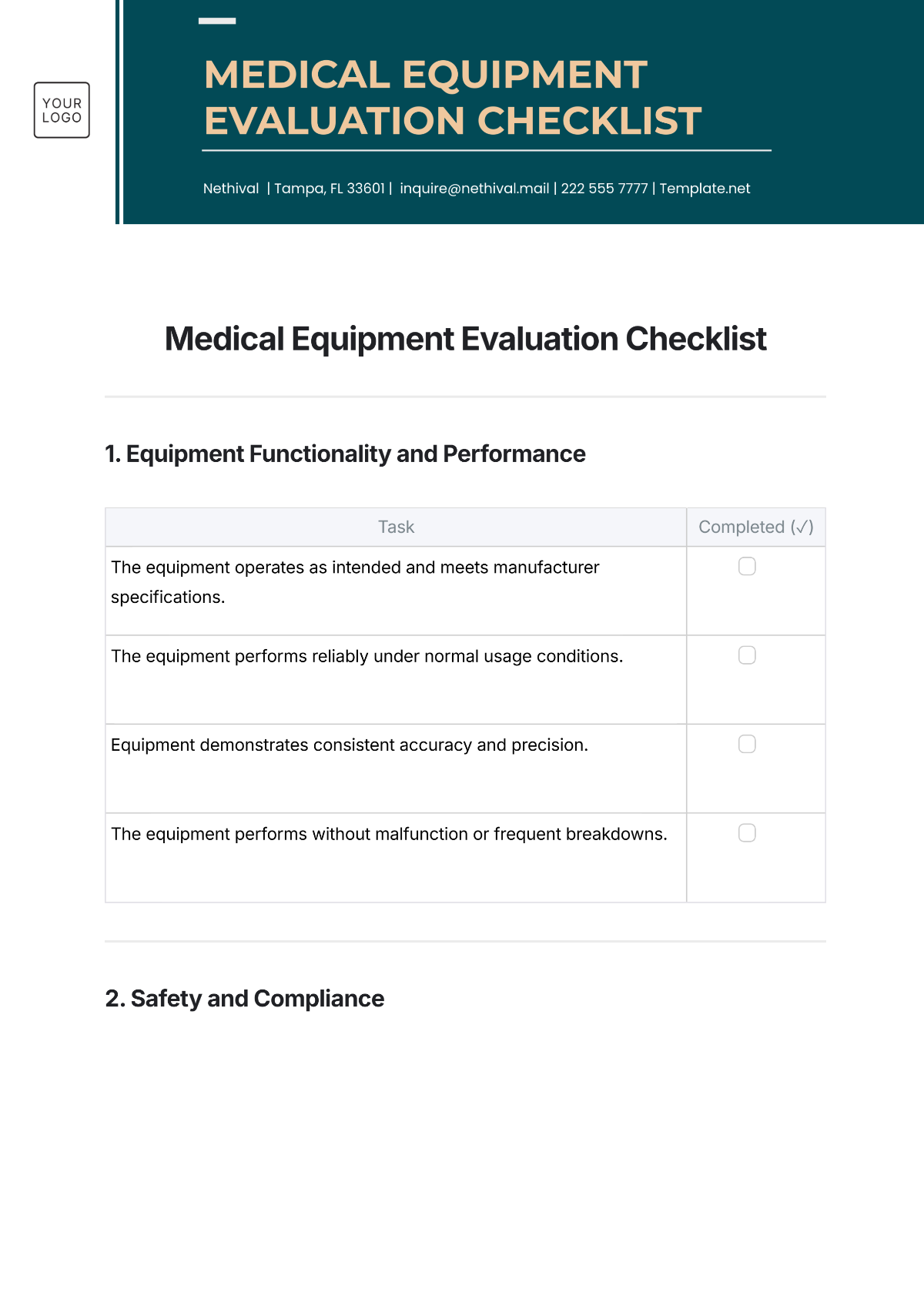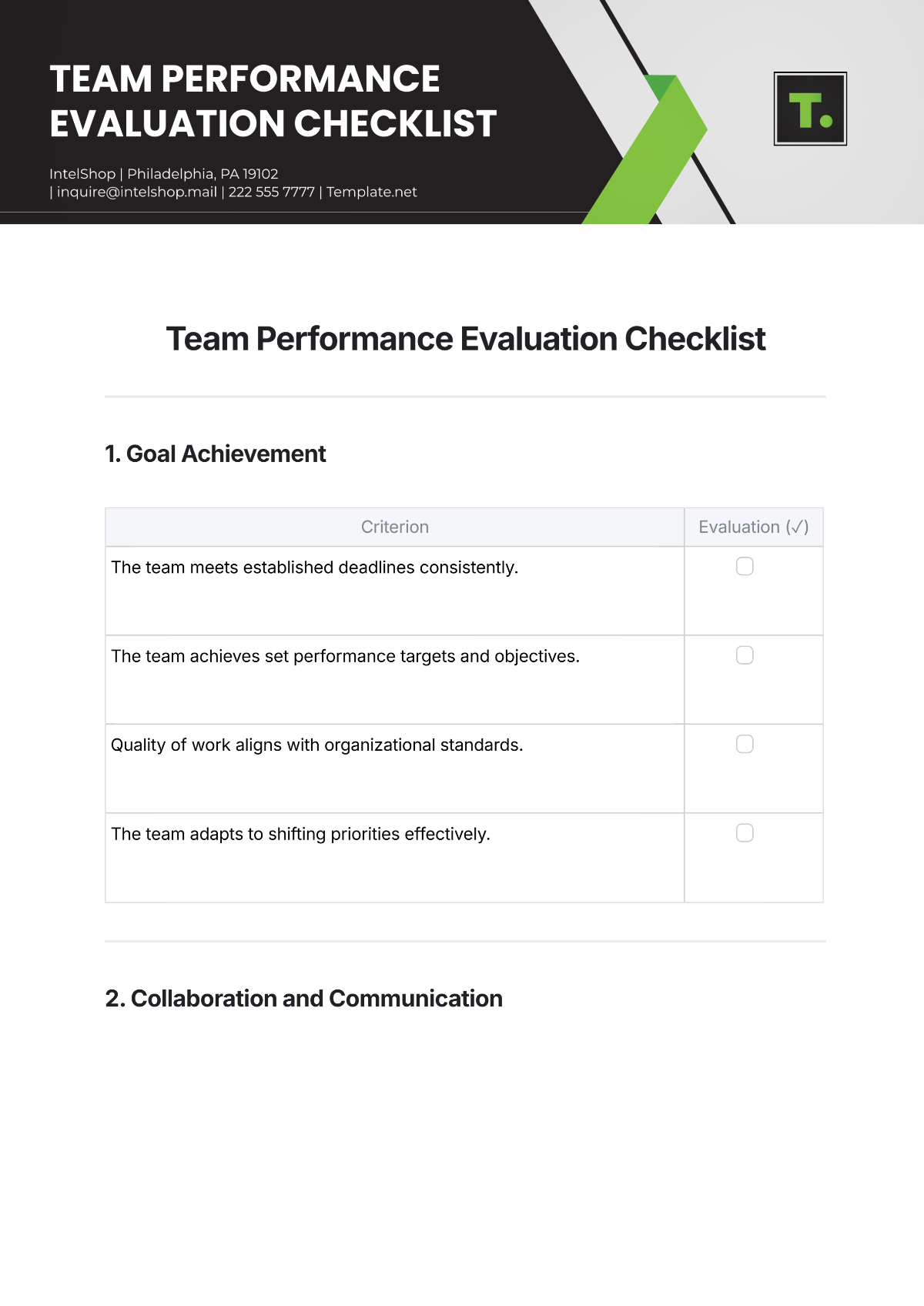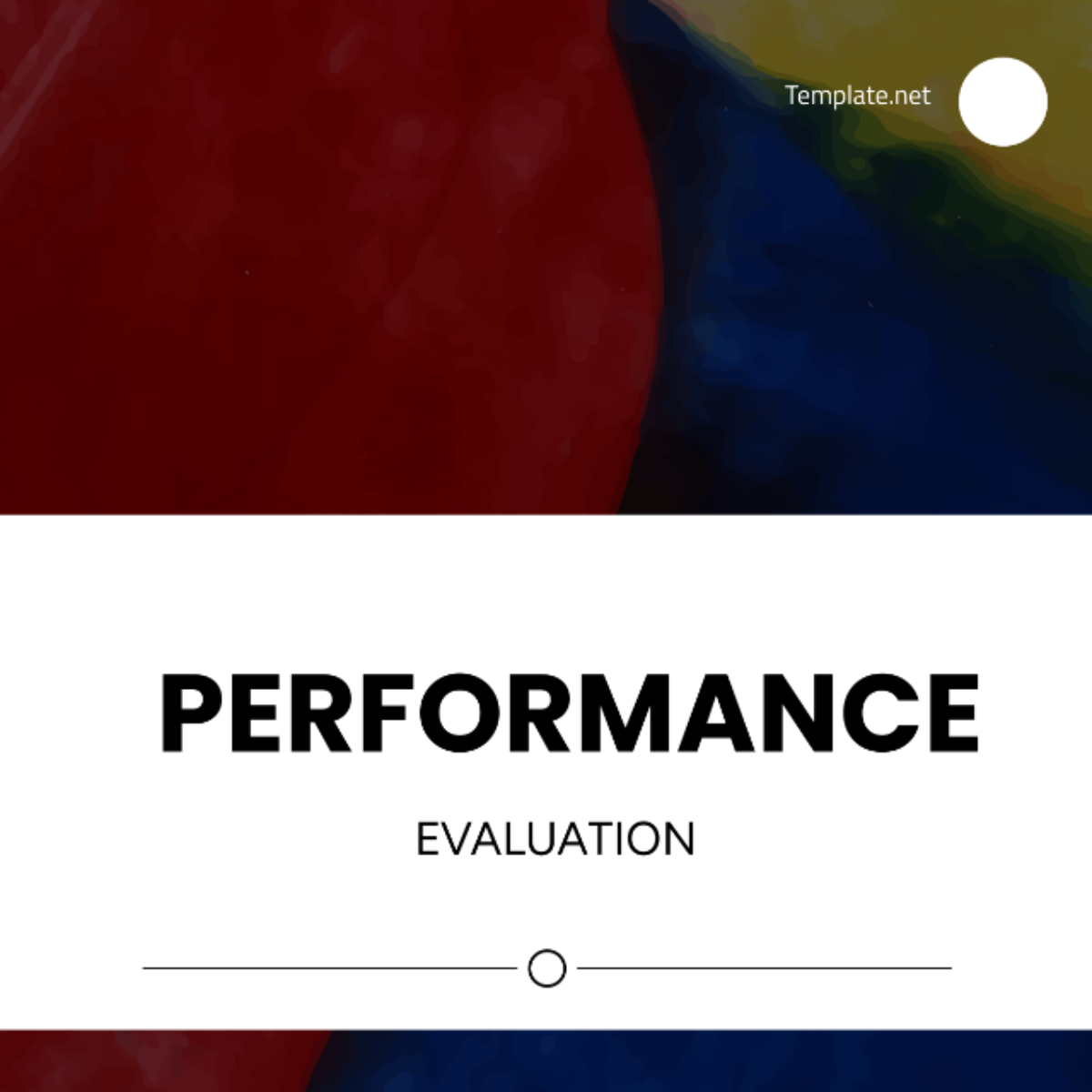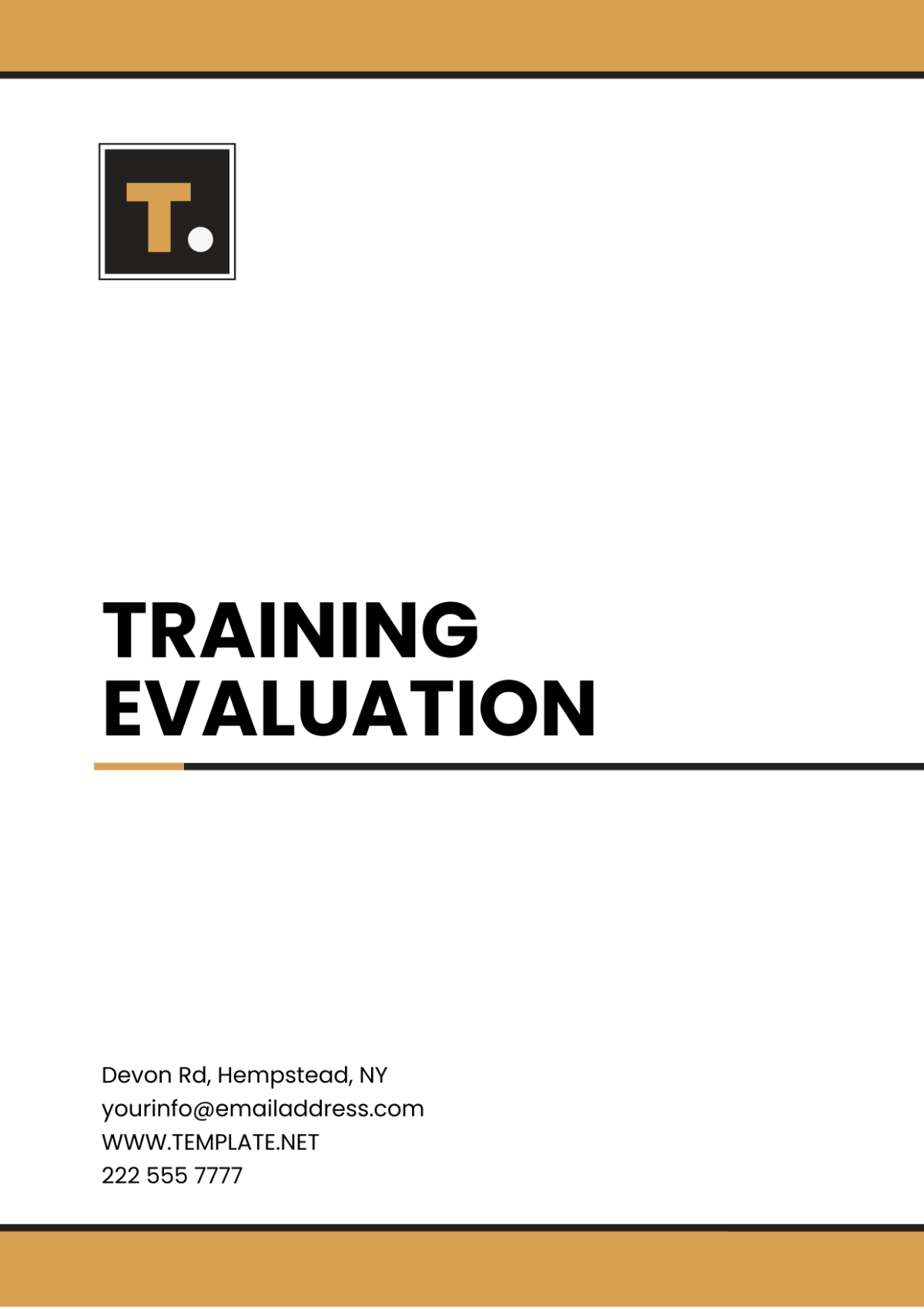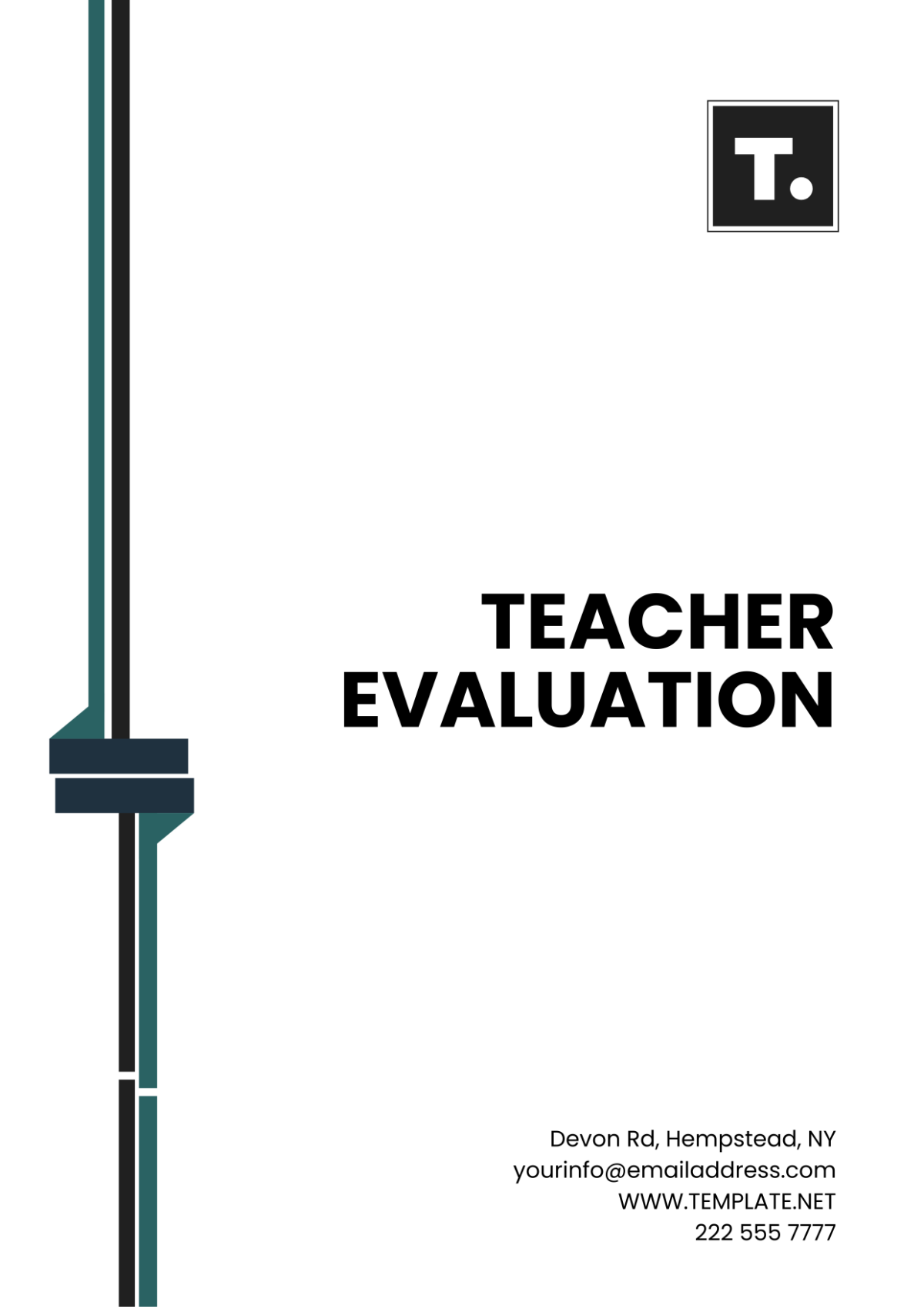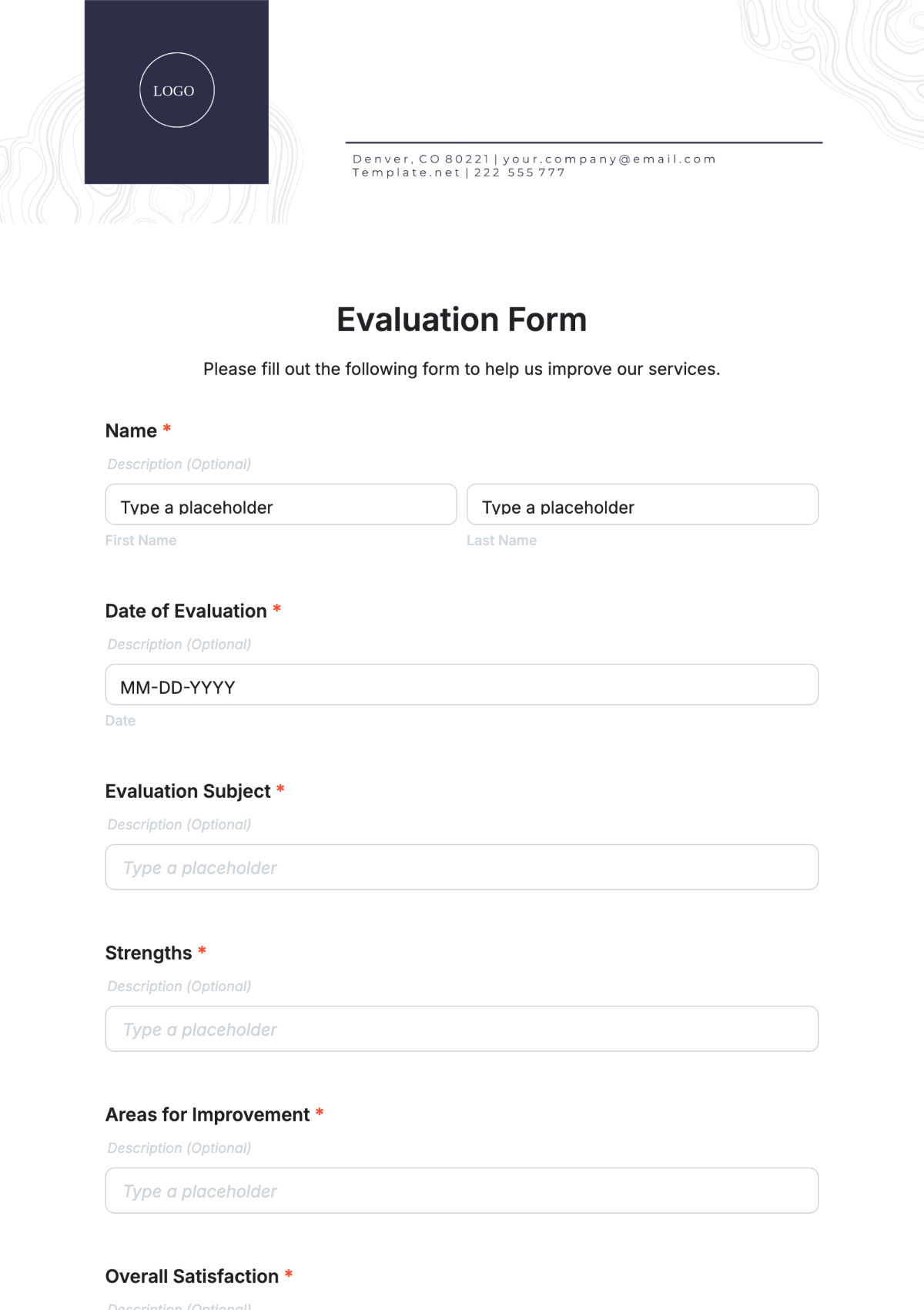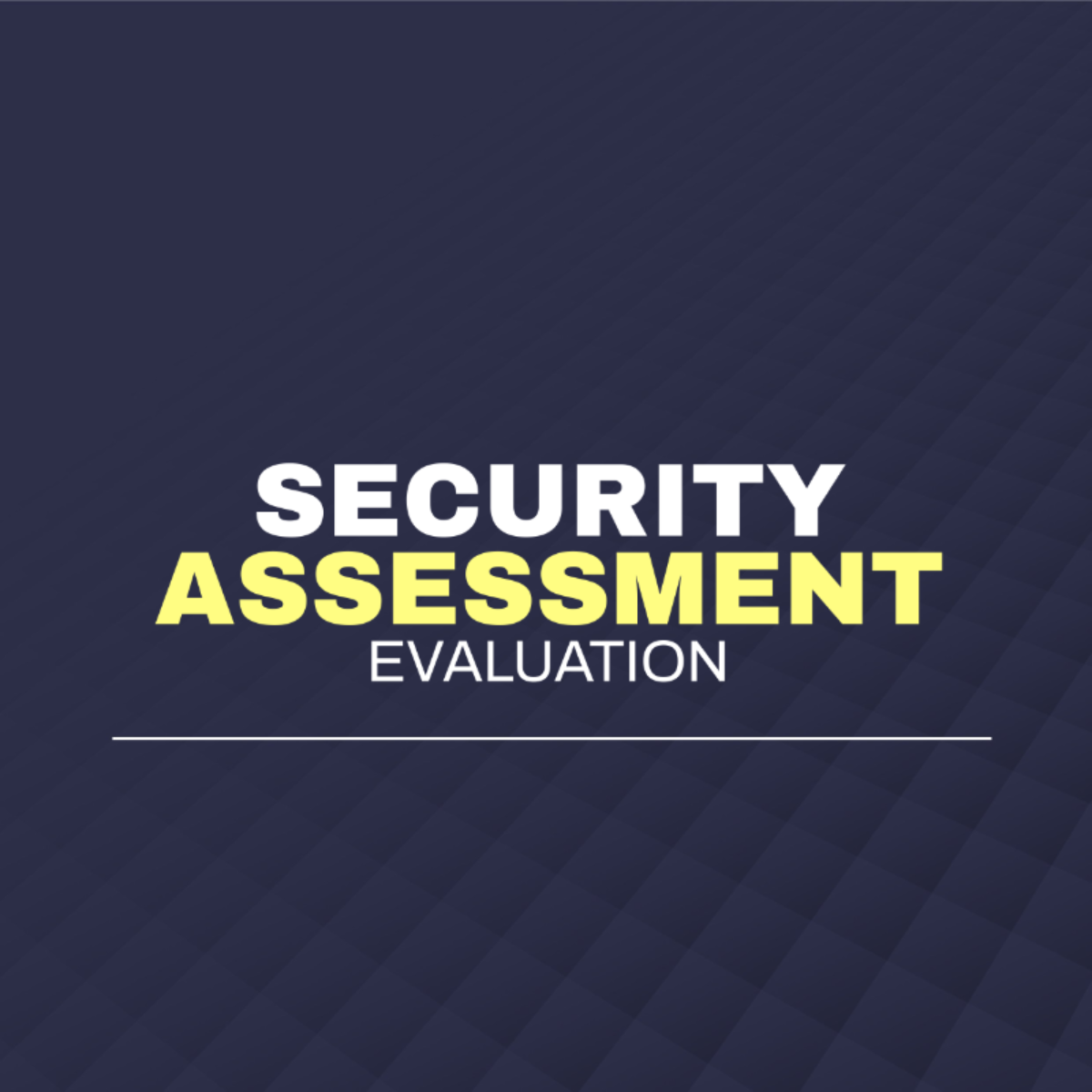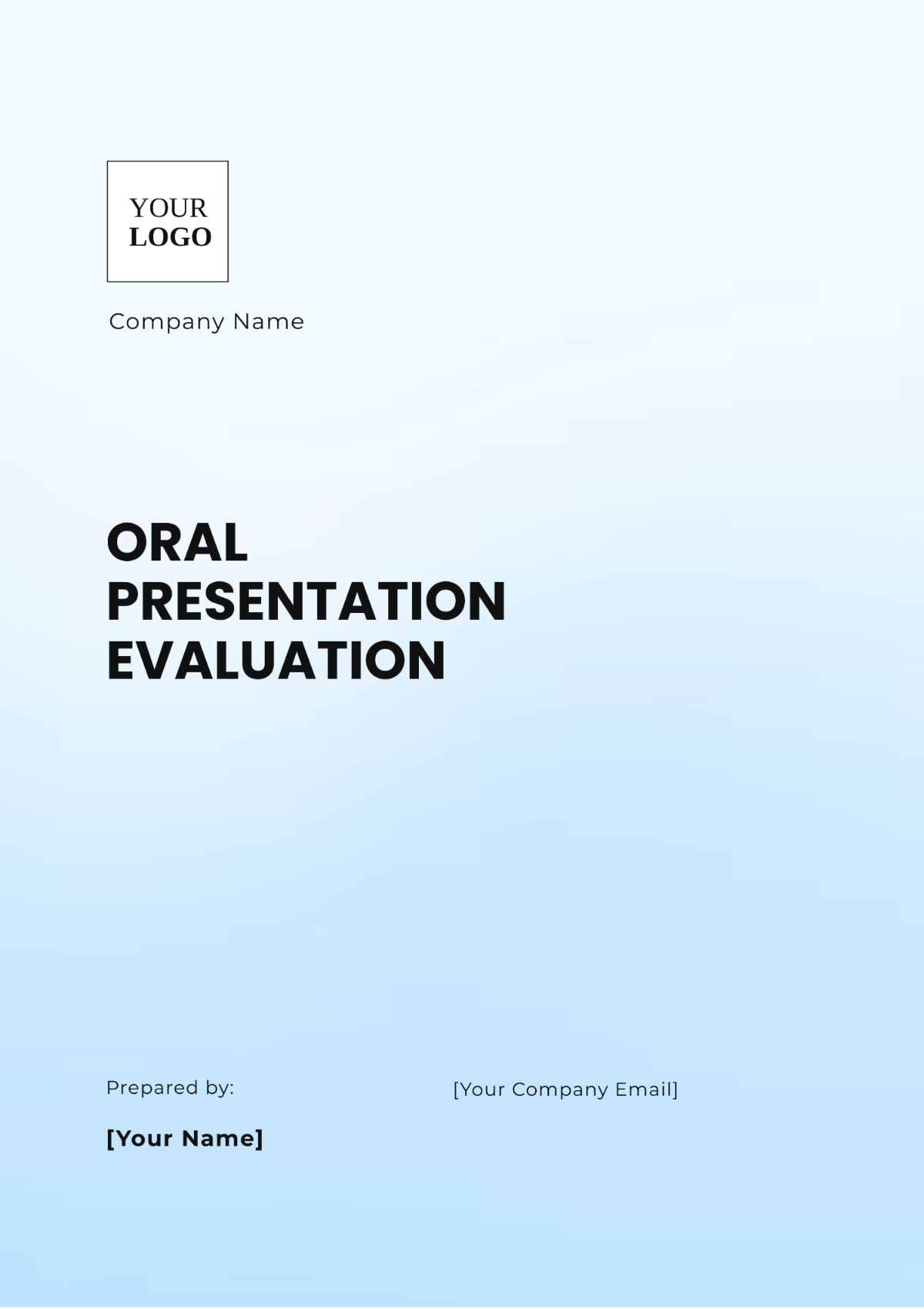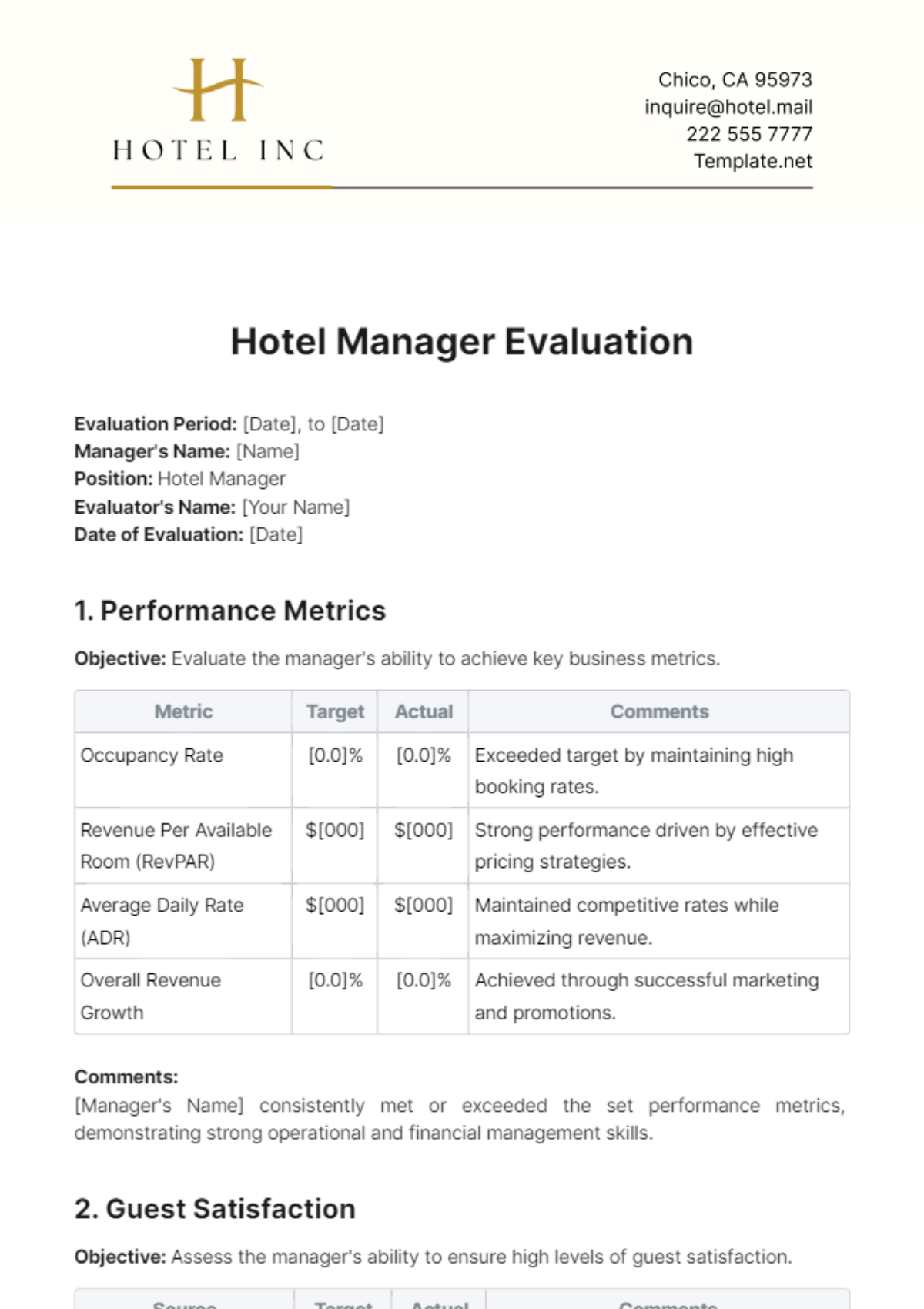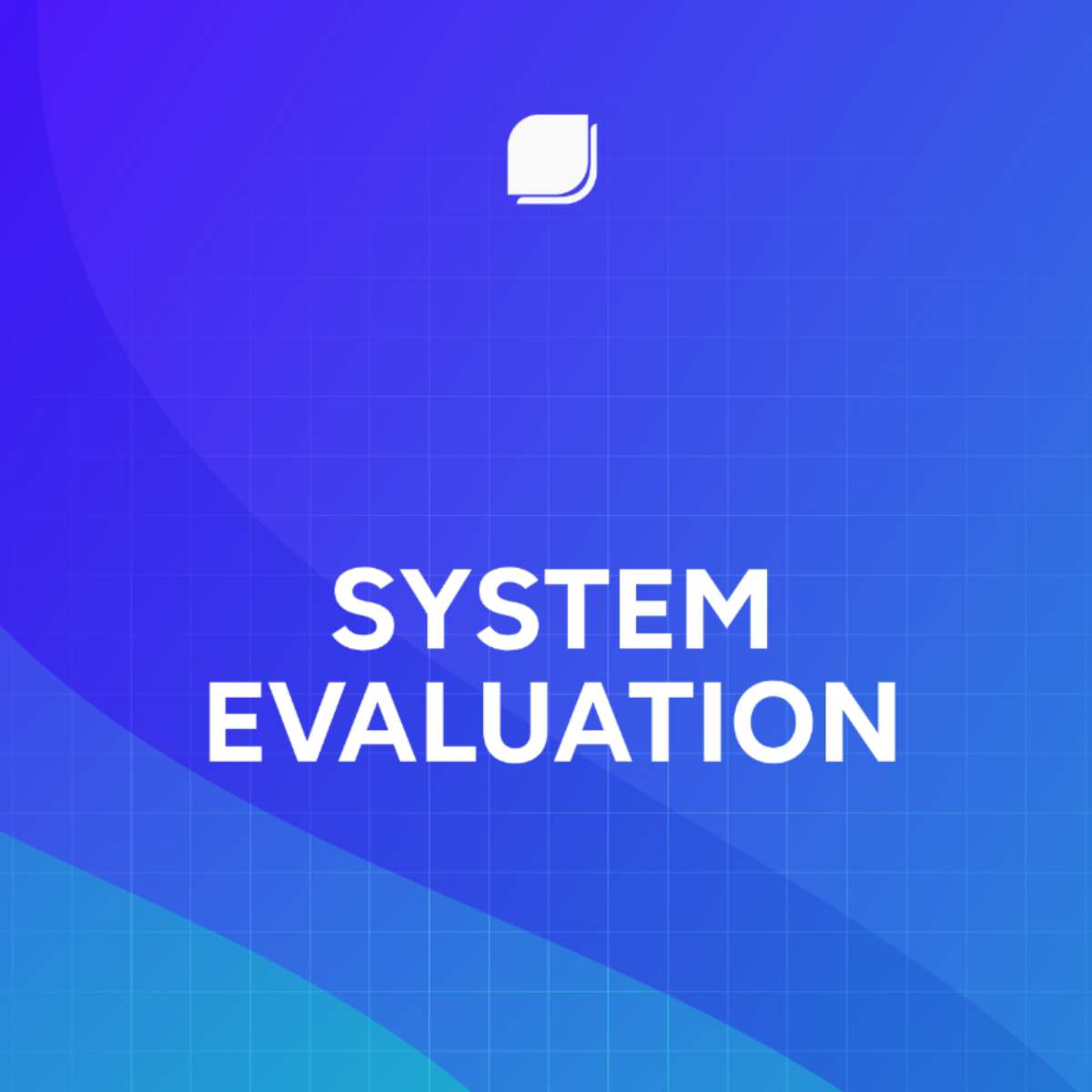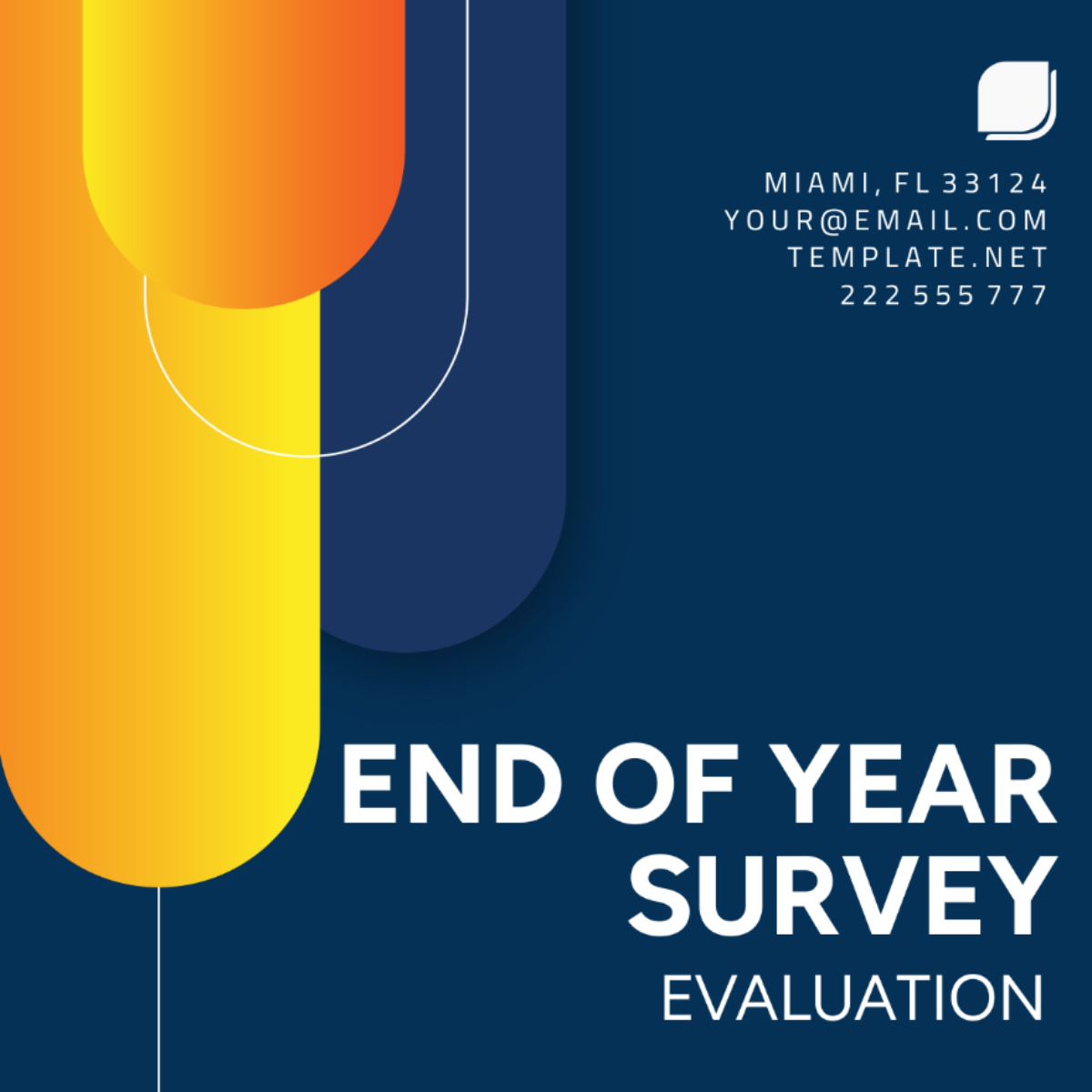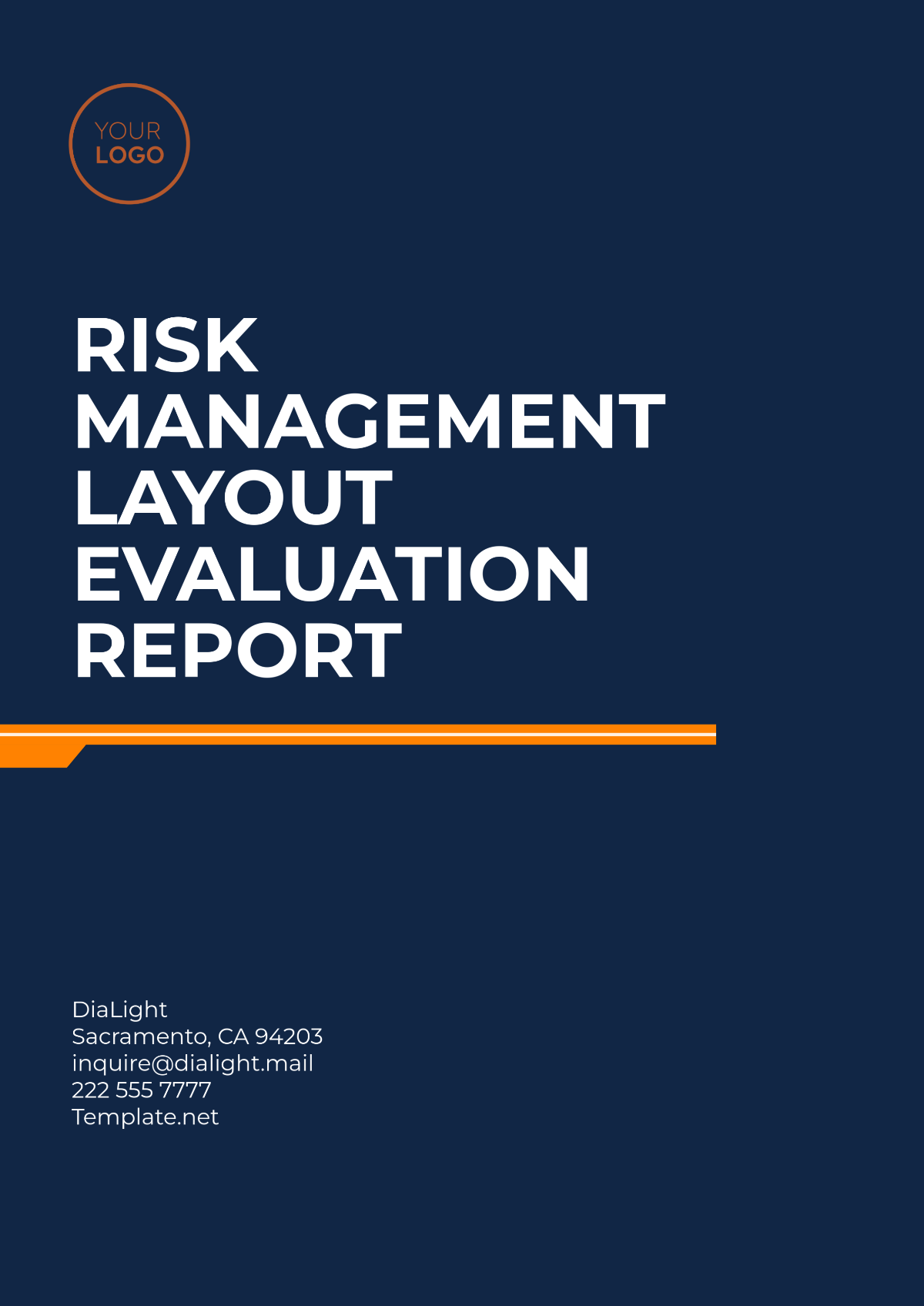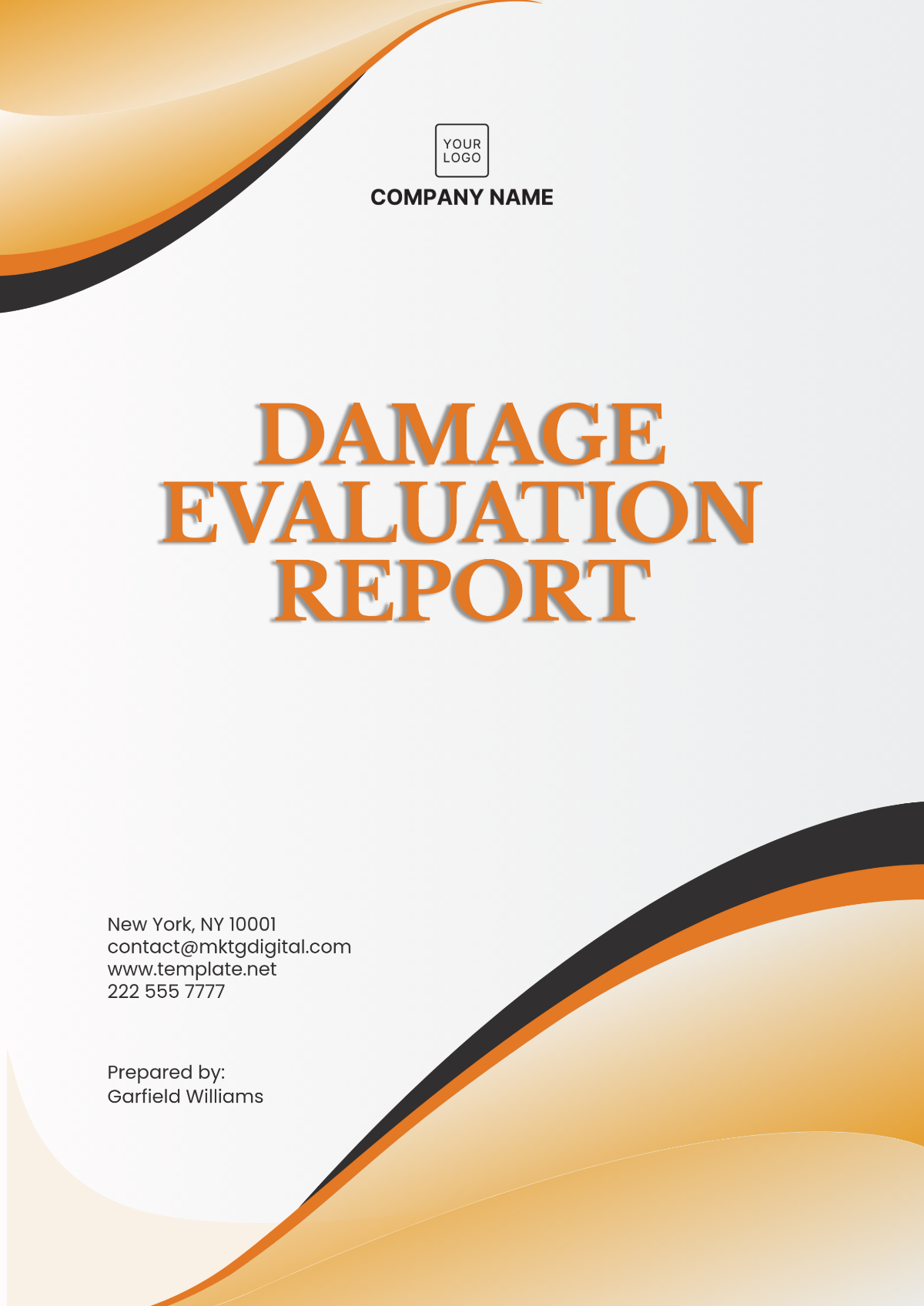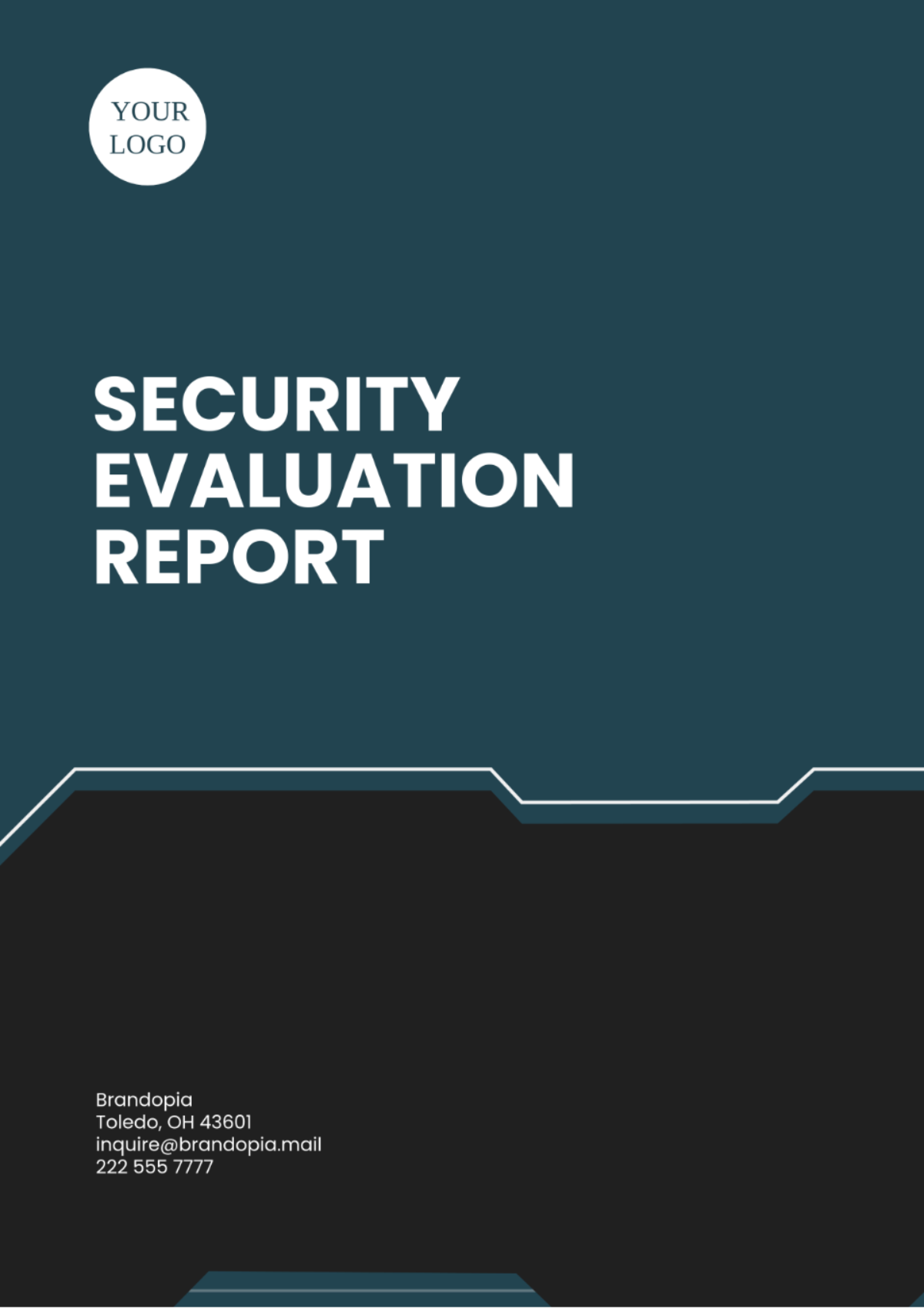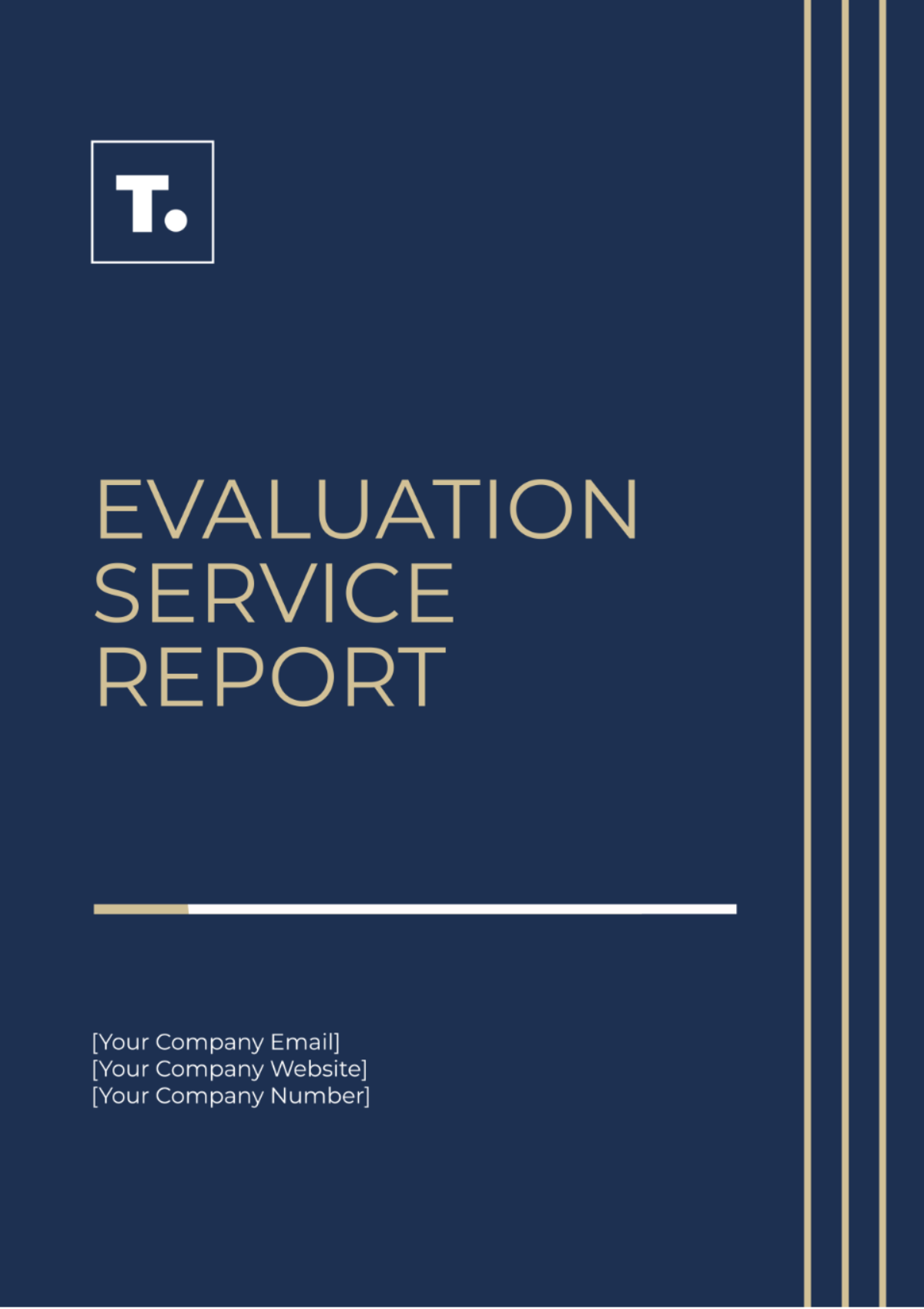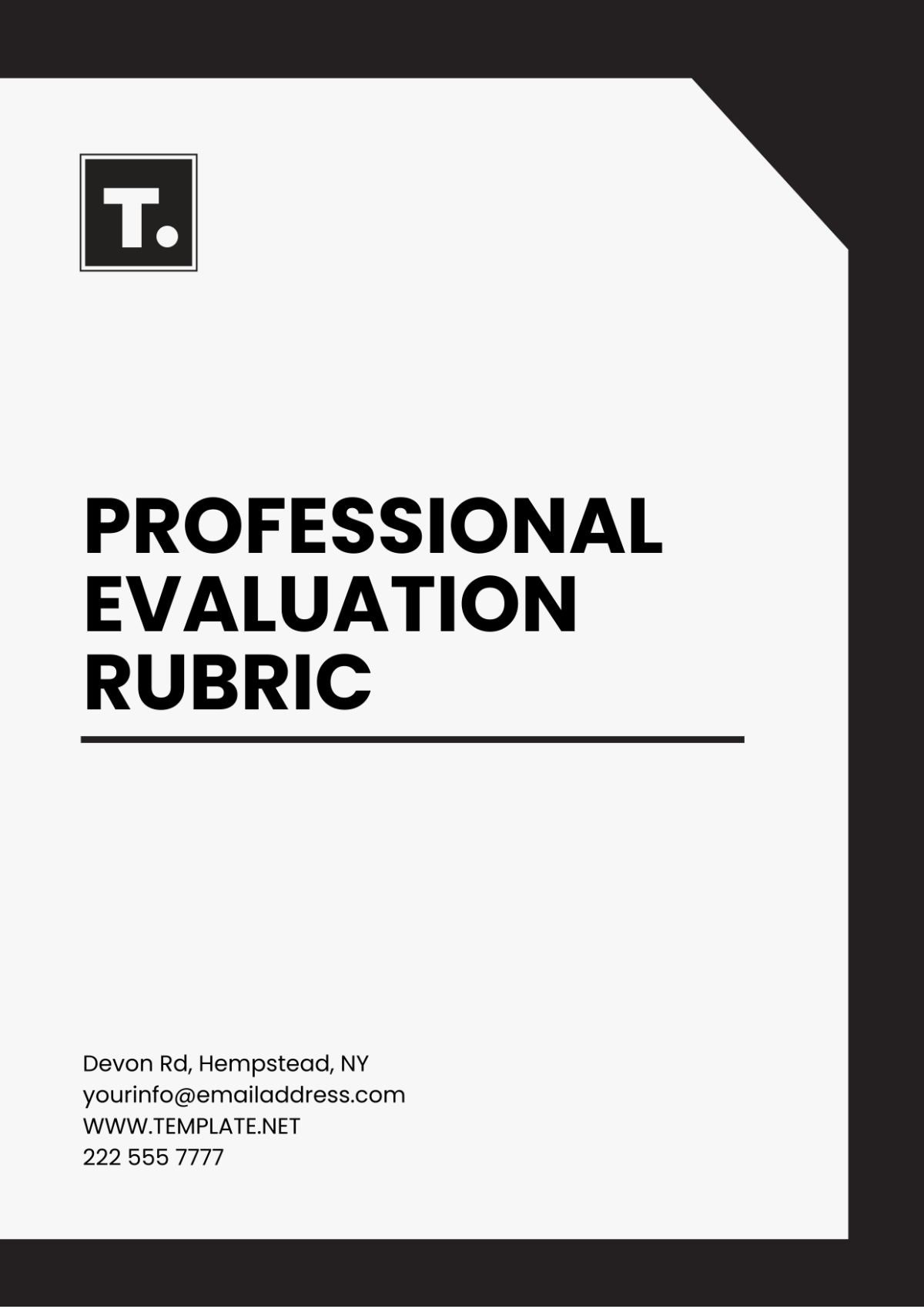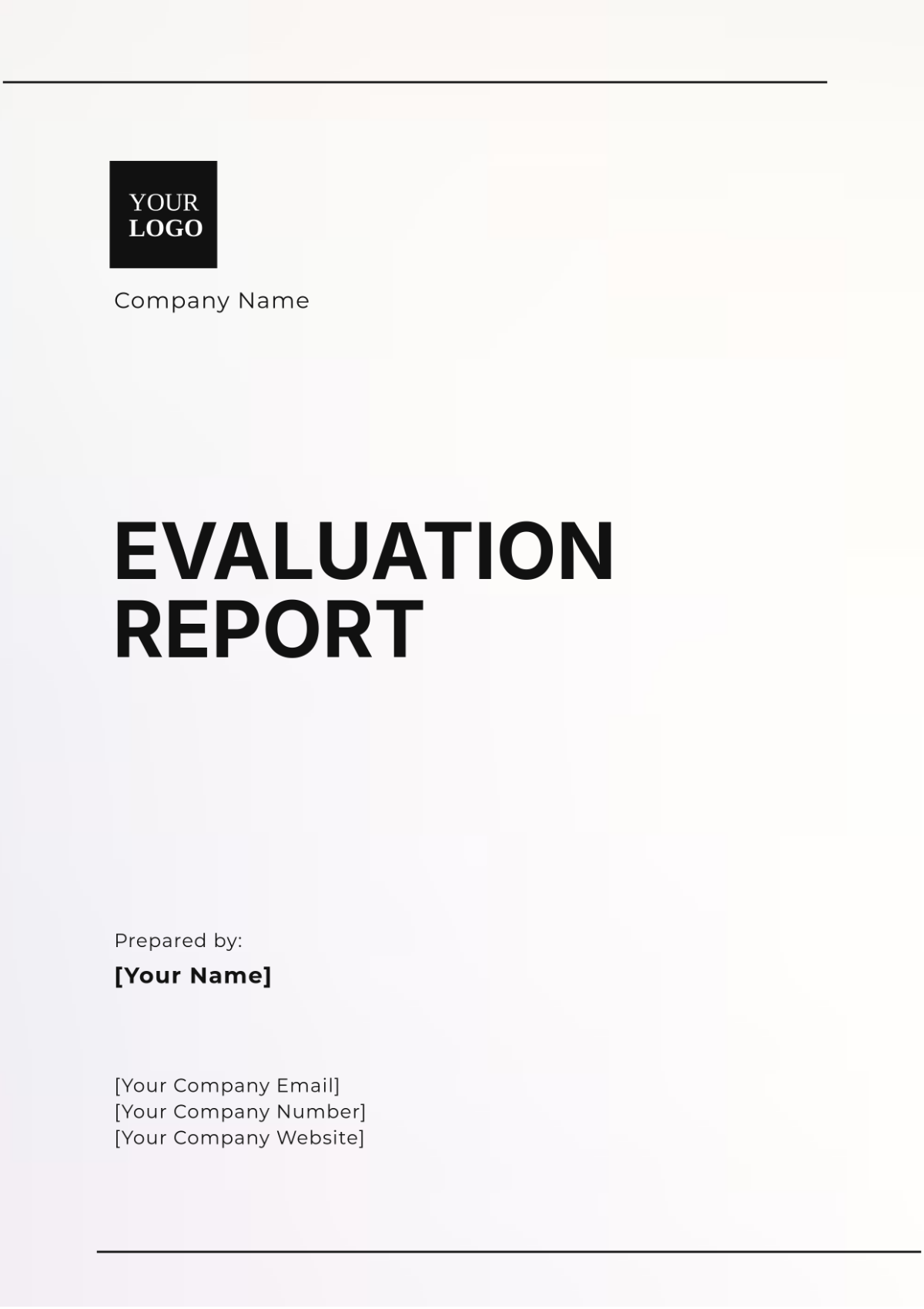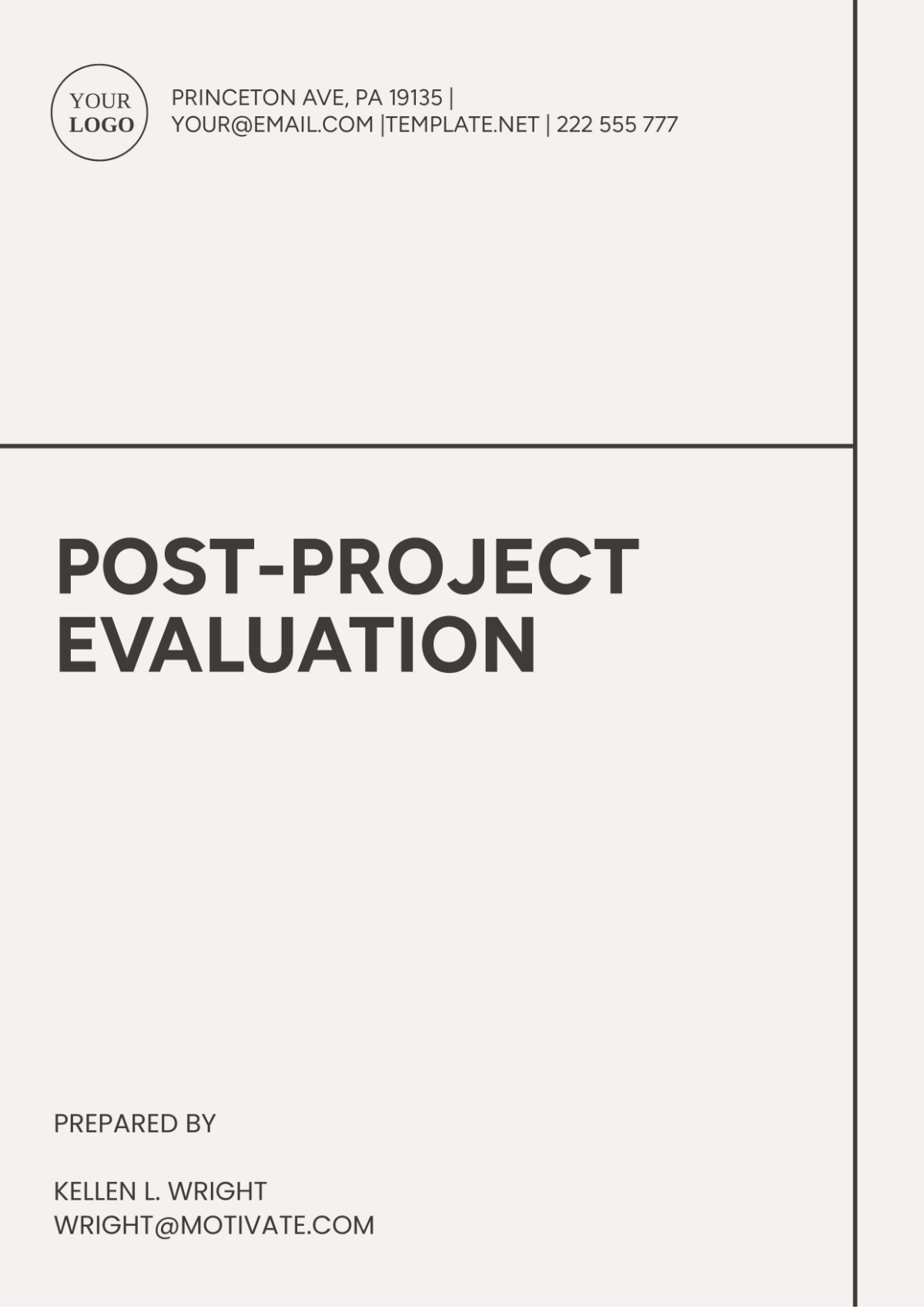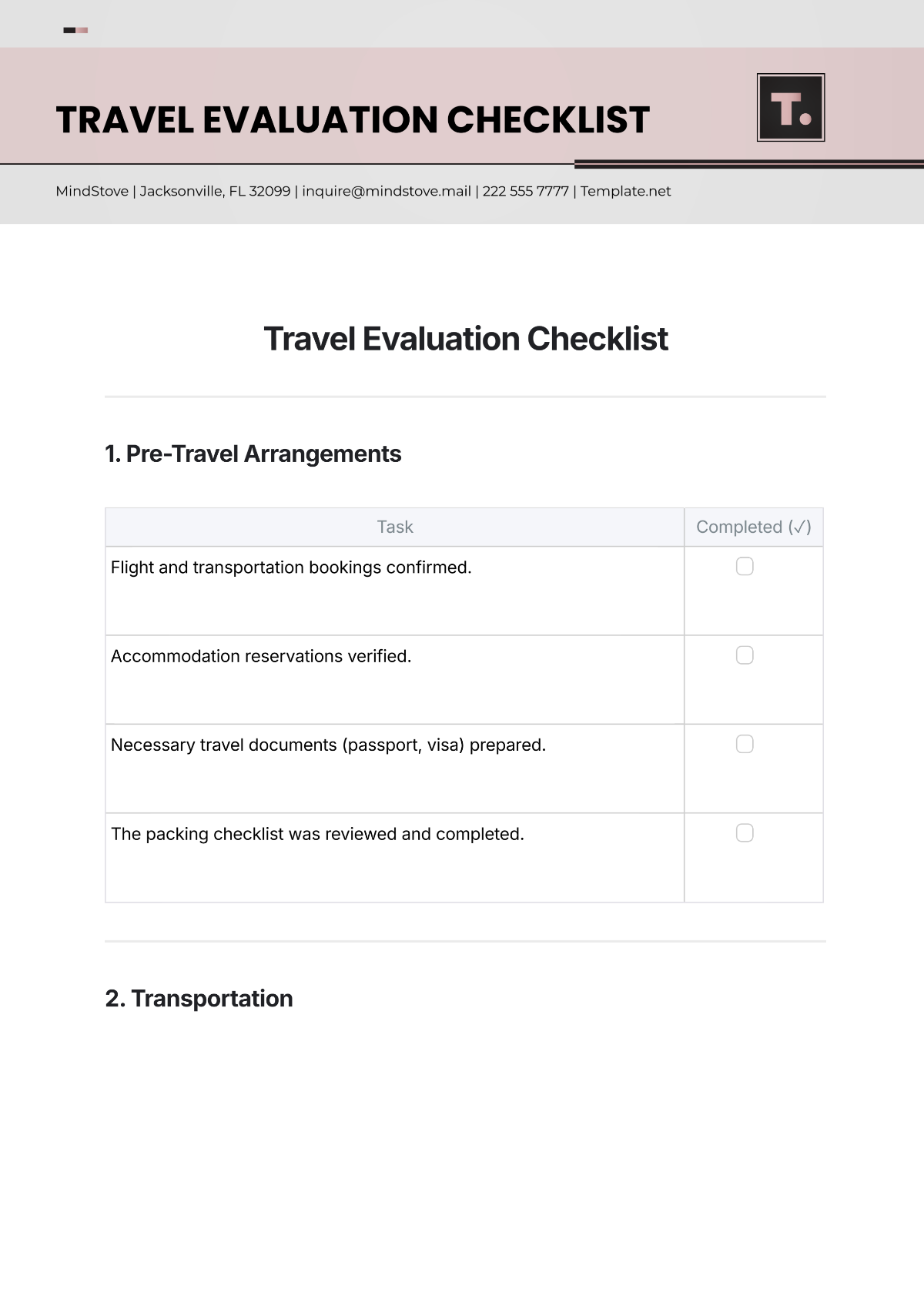Swallowing Evaluation
[YOUR COMPANY NAME]
Date: March 19, 2050
Patient Information
Patient Name: |
Date of Birth: |
Gender: |
Medical Record Number: |
Date of Evaluation: |
Primary Diagnosis: |
Contact Information: |
Introduction
This Swallowing Evaluation Form is designed to assess the swallowing function of stroke survivors. Stroke survivors often encounter swallowing difficulties, which can lead to aspiration and compromise their nutrition and hydration. This evaluation aims to identify any swallowing impairments, determine the risk of aspiration, and guide appropriate interventions to ensure optimal swallowing function and safety.
Background
Stroke survivors frequently experience dysphagia, or swallowing difficulties, due to neurological damage affecting the muscles and nerves involved in swallowing. Dysphagia can lead to serious complications such as aspiration pneumonia, malnutrition, and dehydration if not managed effectively. Therefore, it is crucial to conduct a comprehensive swallowing evaluation to identify swallowing impairments early and implement appropriate rehabilitation strategies to optimize swallowing safety and quality of life for stroke survivors.
Instruction
Please complete all sections of this form thoroughly to ensure a comprehensive assessment of the patient's swallowing function. If you require clarification on any aspect of the evaluation, do not hesitate to consult with the speech-language pathologist conducting the assessment.
Overview
This evaluation form includes various criteria aimed at assessing different aspects of swallowing function in stroke survivors. These criteria encompass medical history, oral motor examination, clinical swallowing assessment, cough reflex testing, fiberoptic endoscopic evaluation of swallowing (FEES), modified barium swallow study (MBSS), functional assessment, and nutritional status assessment.
Purpose of This Form
The primary purpose of this evaluation form is to:
Identify swallowing impairments in stroke survivors.
Determine the risk of aspiration and other complications related to dysphagia.
Guide appropriate interventions and rehabilitation strategies to optimize swallowing function and safety.
Ensure adequate nutrition and hydration for stroke survivors to support their overall health and well-being.
Swallowing Evaluation Criteria
Criteria | Description | Evaluation |
|---|---|---|
Medical History | Review of medical history, including presence of stroke, previous swallowing difficulties, and comorbidities that may impact swallowing function. | |
Oral Motor Examination | Assessment of lip, tongue, jaw, and cheek strength, mobility, and coordination during various oral motor tasks. | |
Clinical Swallowing Assessment | Observation of swallowing function during trials of various food and liquid consistencies, assessing for signs of aspiration or difficulty swallowing. | |
Cough Reflex Testing | Evaluation of the strength and efficacy of the cough reflex to protect the airway during swallowing. | |
Fiberoptic Endoscopic Evaluation of Swallowing (FEES) | Direct visualization of the swallowing process using a flexible endoscope to assess laryngeal and pharyngeal function and identify signs of aspiration. | |
Modified Barium Swallow Study (MBSS) | Videofluoroscopic assessment of swallowing function, providing detailed information on swallowing physiology and detecting aspiration events. | |
Functional Assessment | Evaluation of the patient's ability to safely swallow in various real-life situations, such as eating meals and taking medications. | |
Nutritional Status Assessment | Assessment of nutritional intake, weight changes, and signs of malnutrition or dehydration. |
Comment/Feedback
Please provide any additional comments or feedback regarding the swallowing evaluation process or this form. Your input is valuable for improving our services and ensuring the best possible outcomes for our patients.


